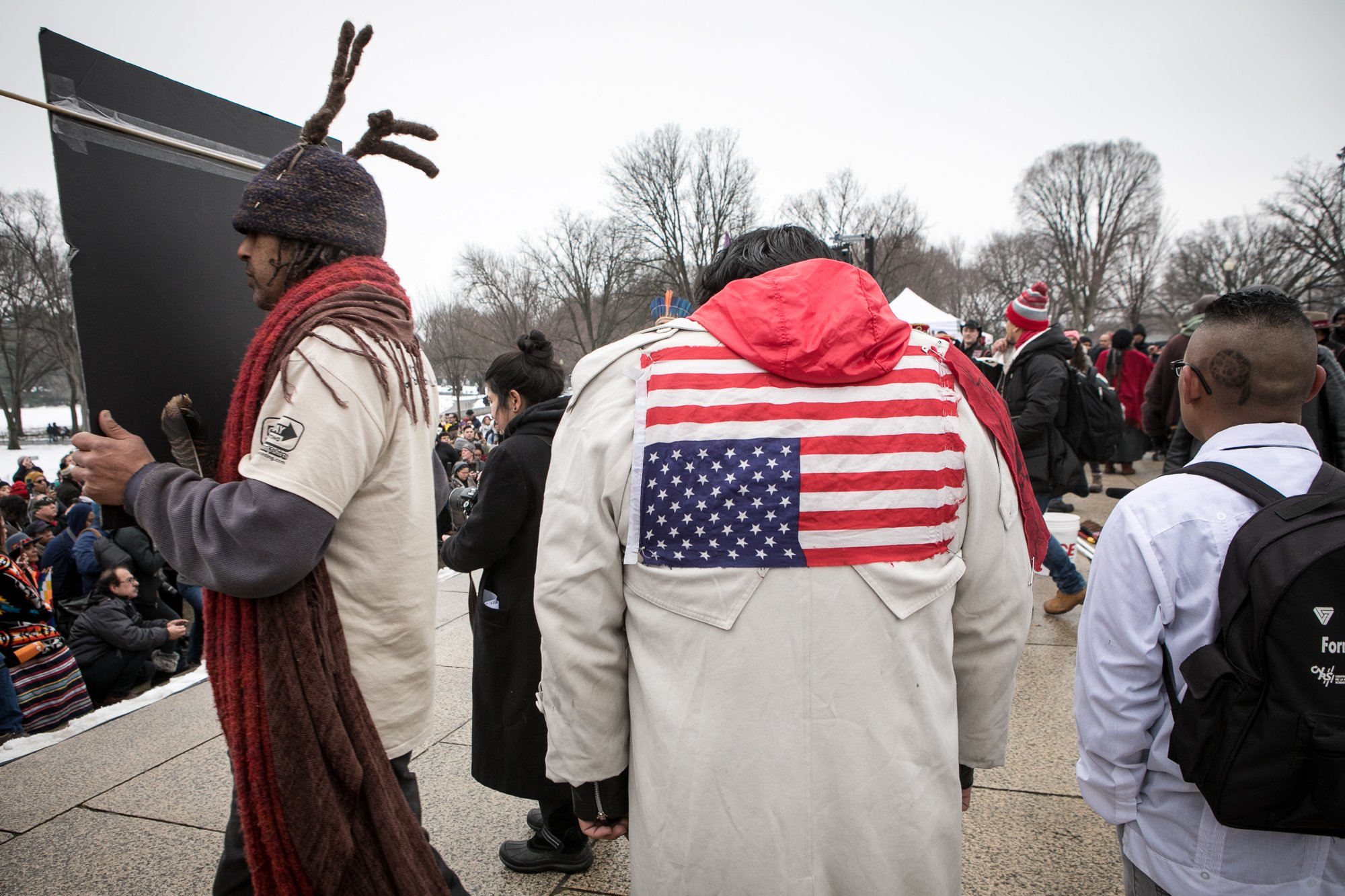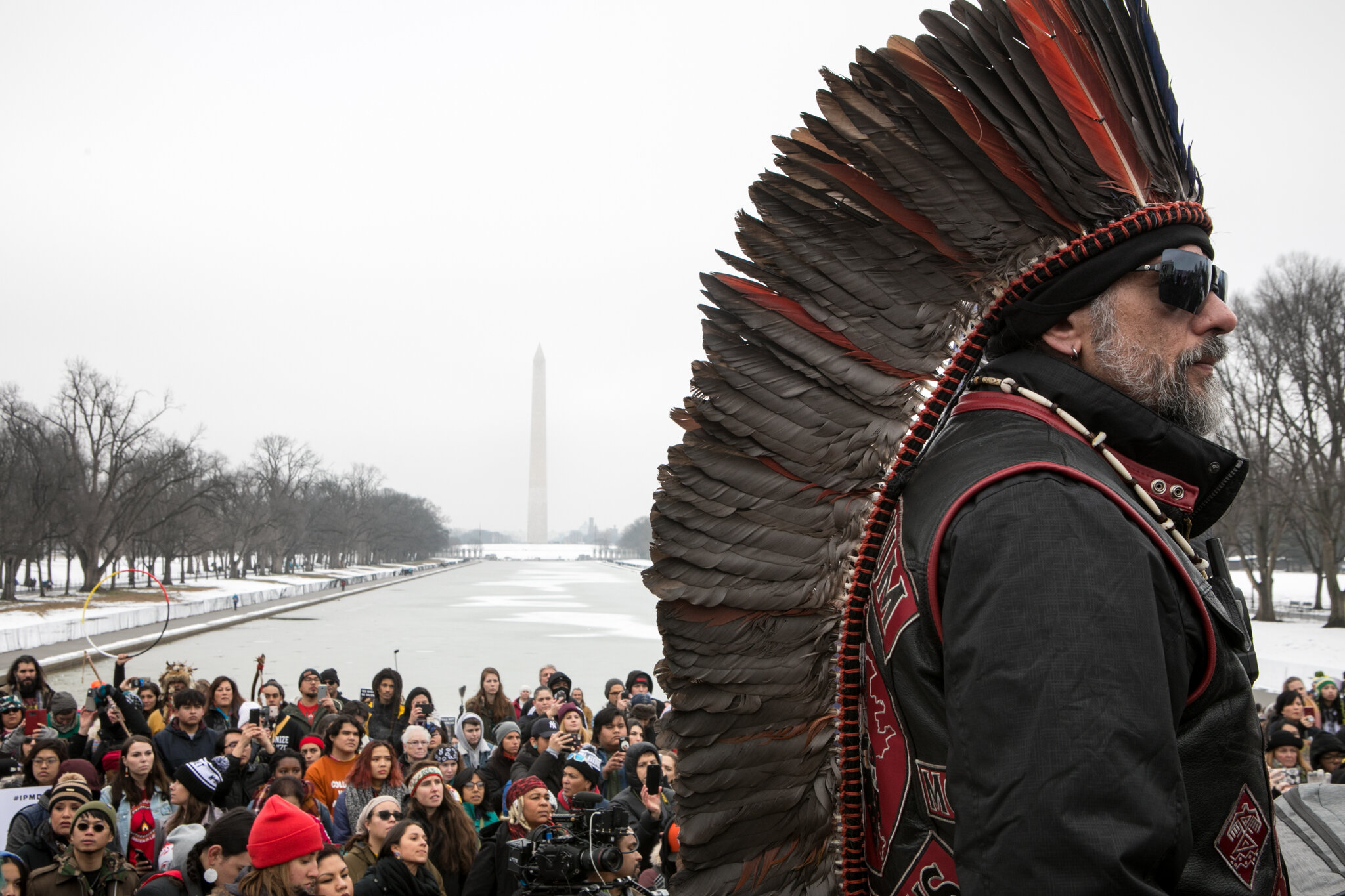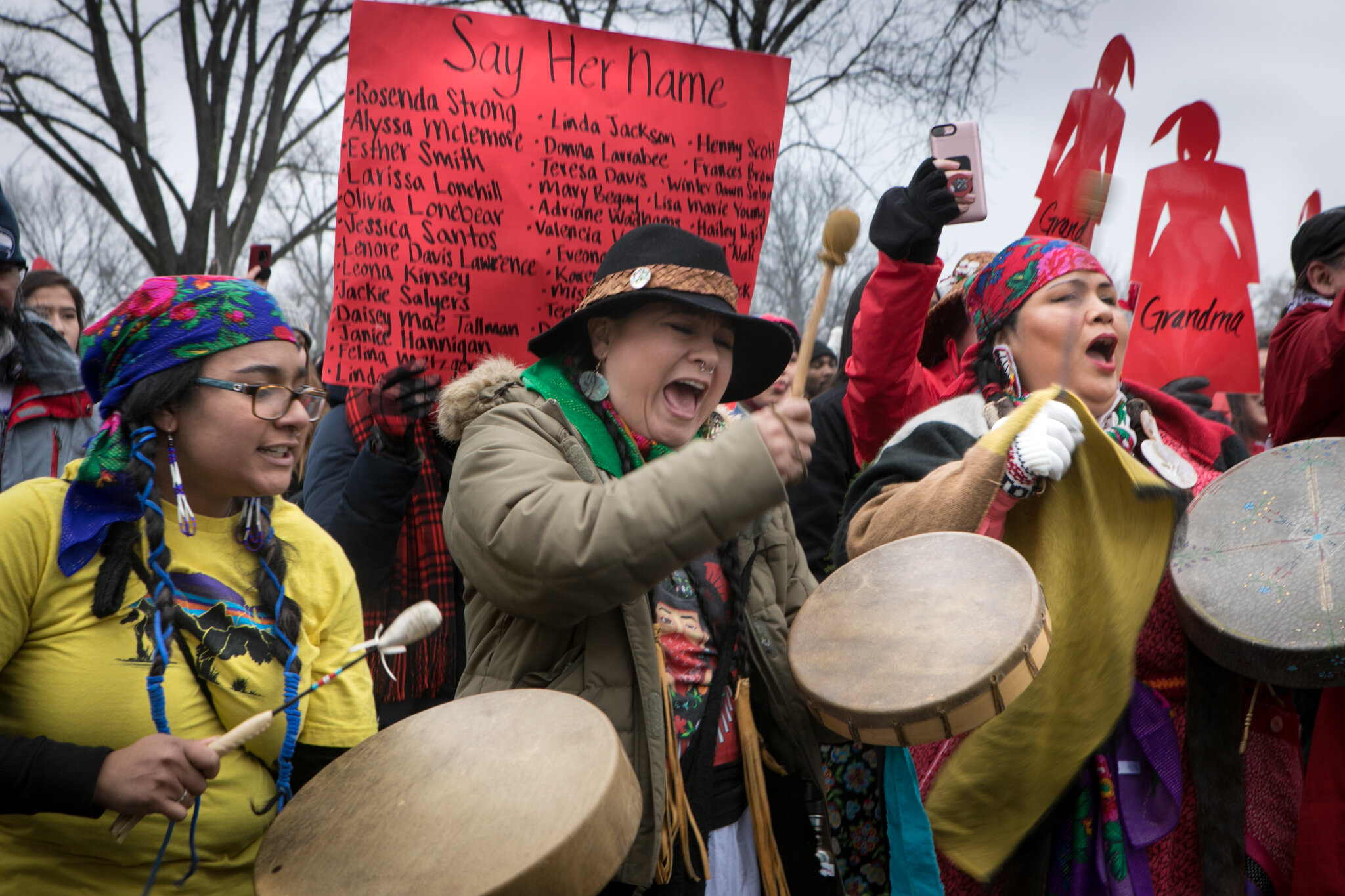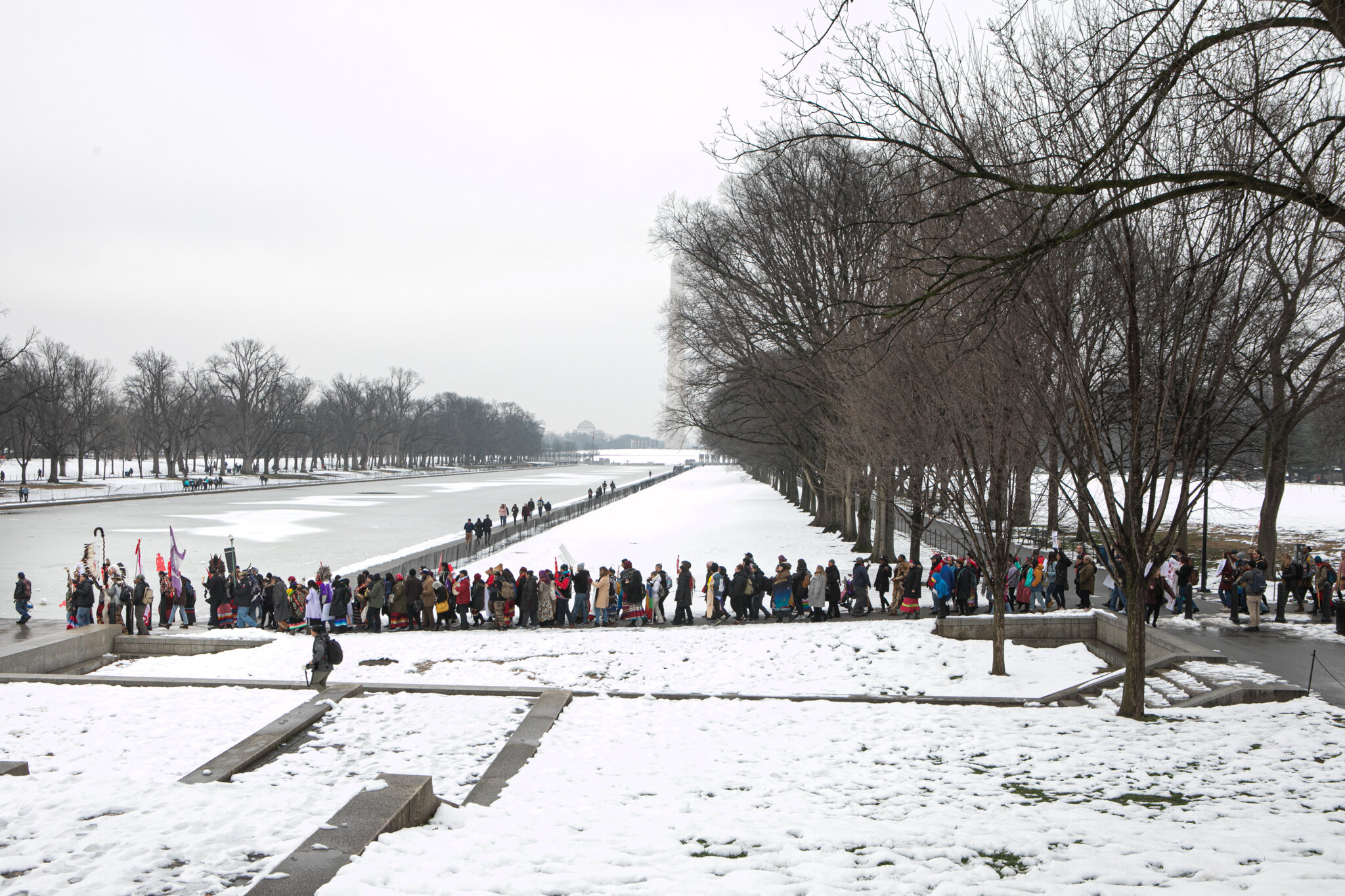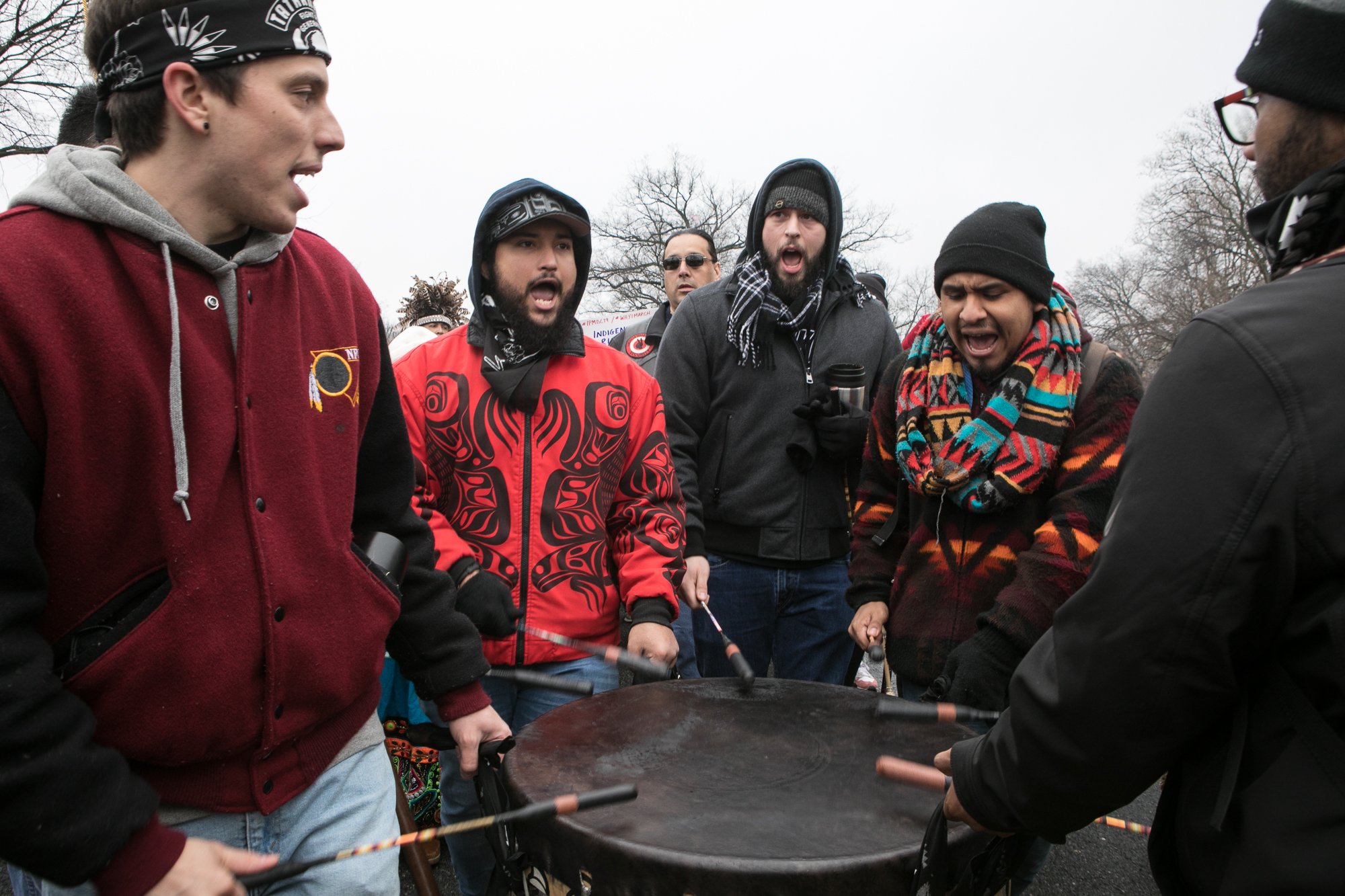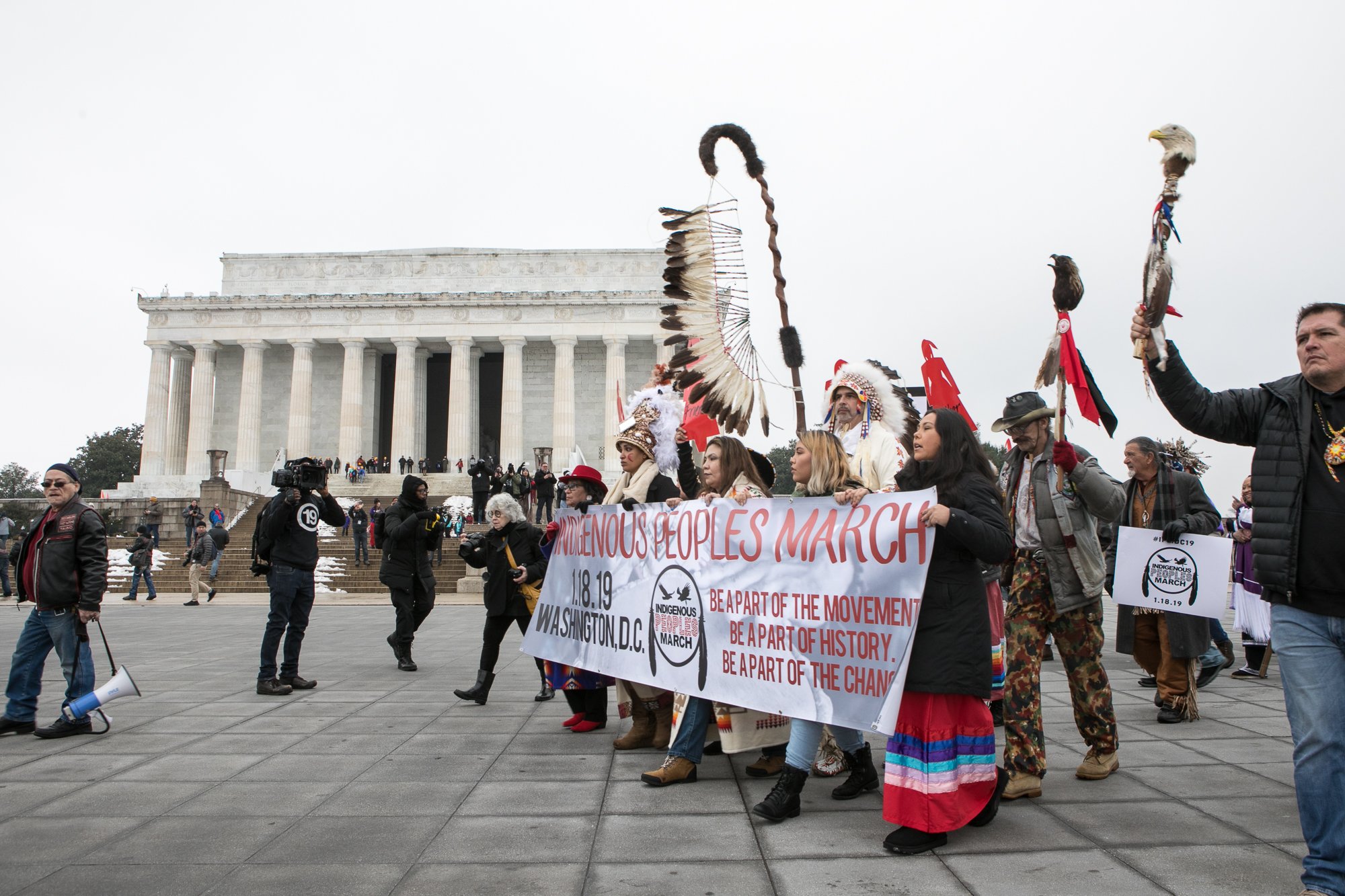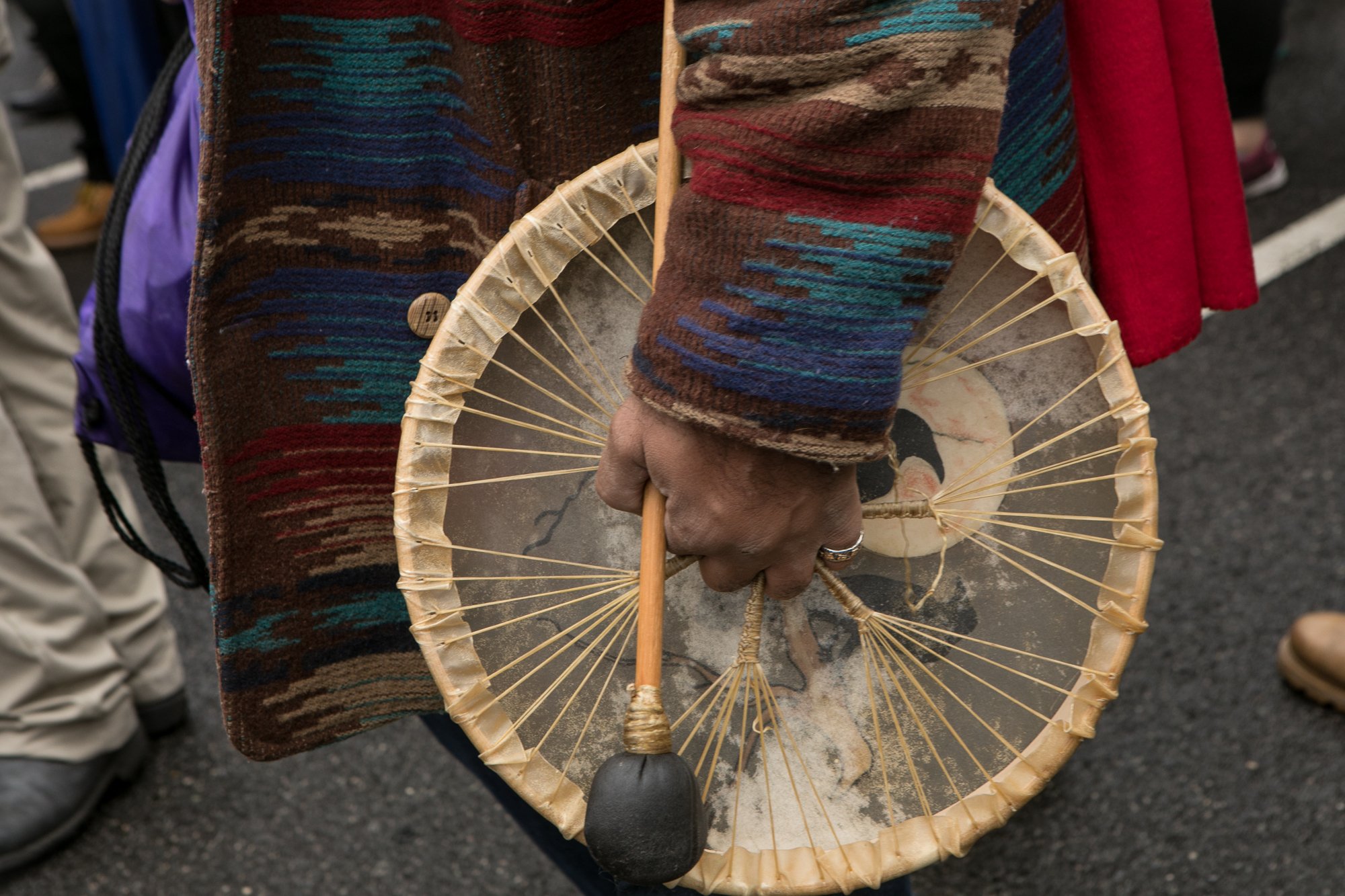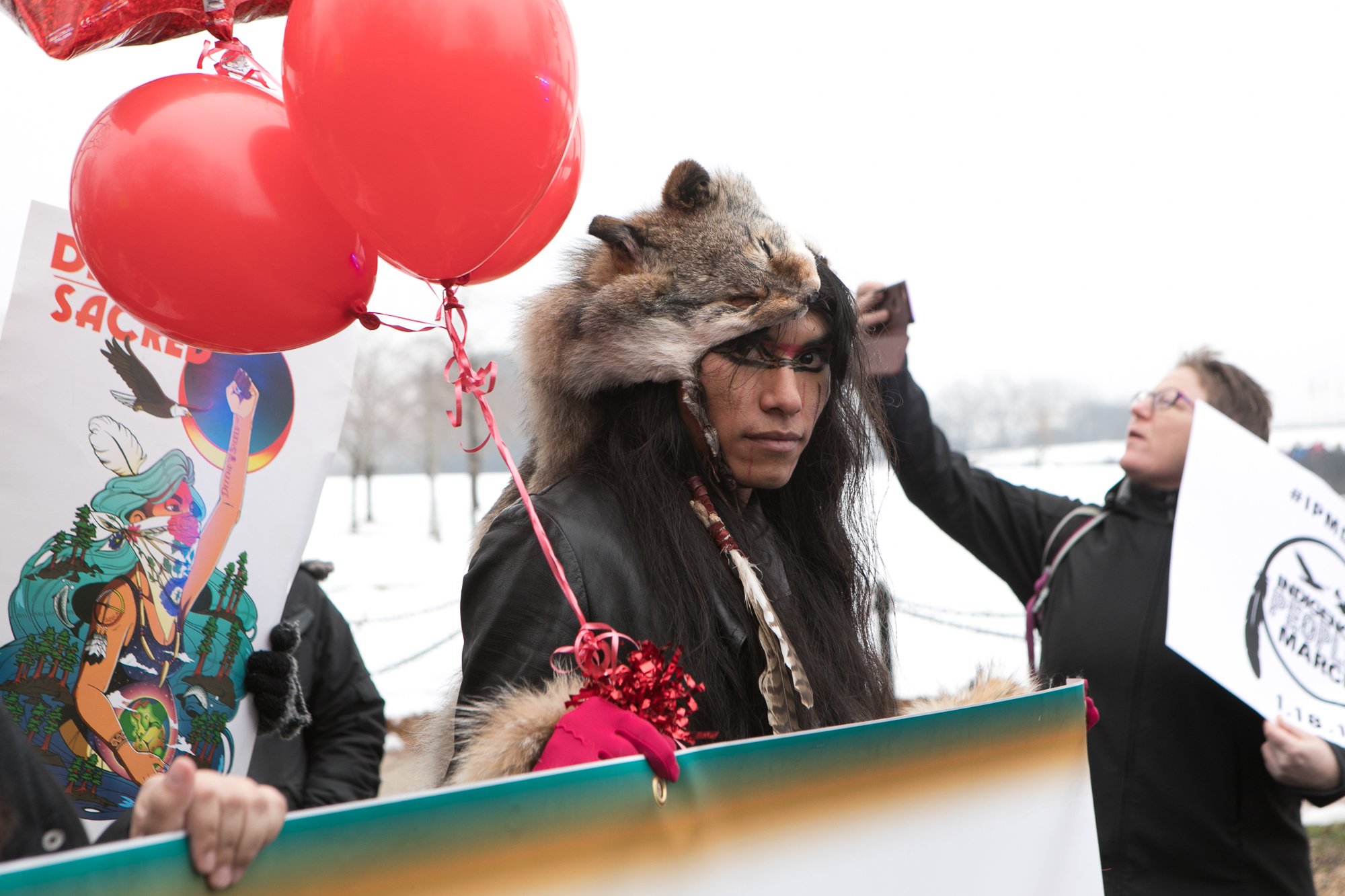“Our struggle is for life” — “Nuestra lucha es por la vida”
Throughout the Americas, communities are resisting structural violence to their land and collective identities, building alternative models to care for one another and the earth. This documentation highlights some of those struggles and triumphs.
Zapatista resistance — Chiapas, Mexico
The Zapatista movement formally launched in 1994 in opposition to transnational free trade that has long exploited resource-rich land, creating forced dependency and compromising Indigenous sovereignty. Forming autonomous communities called “caracoles,” their resistance is an exercise in dignity and self-determination, standing for the axiom that “another world is possible — a world where many worlds fit.”
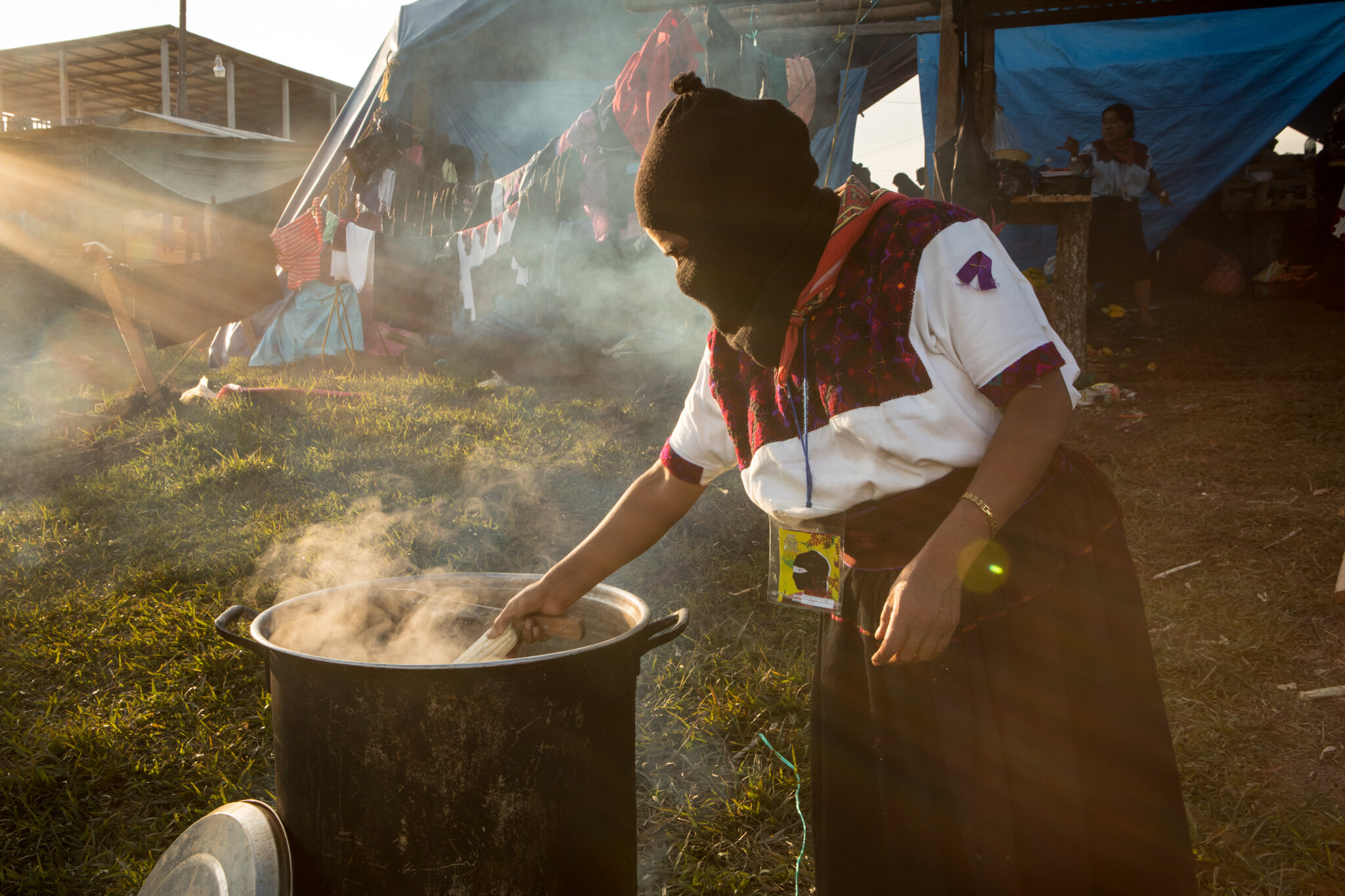
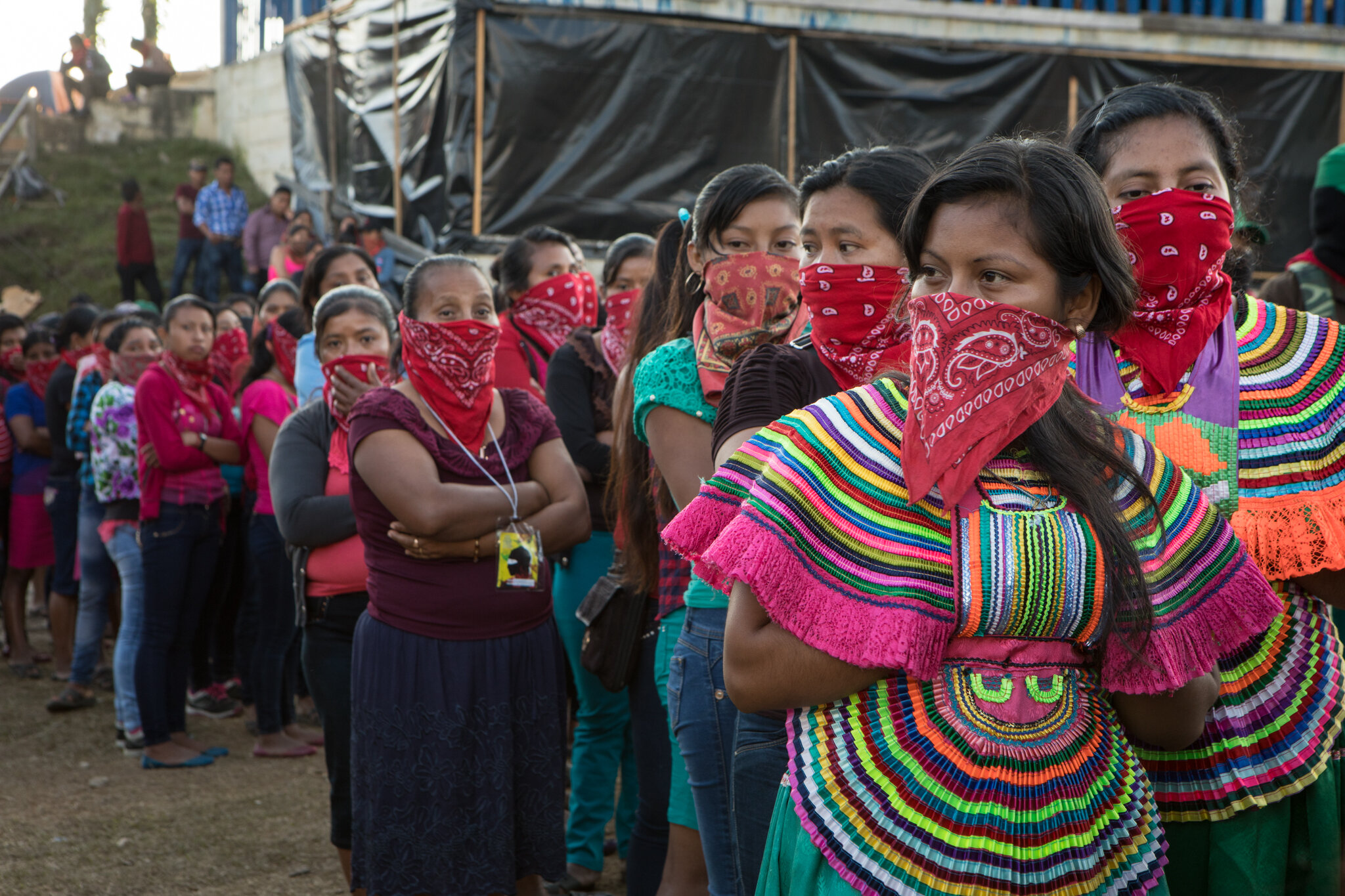
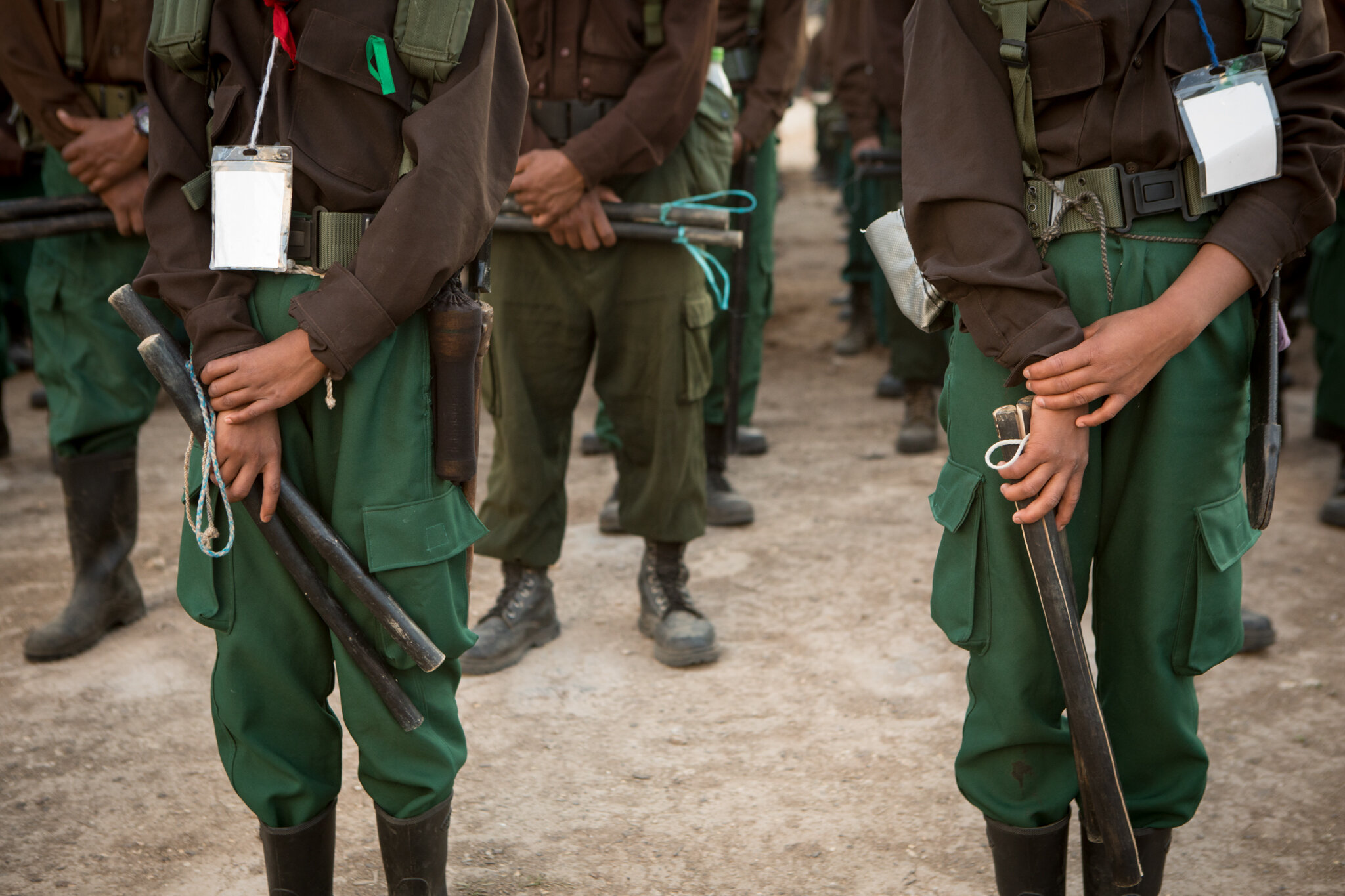
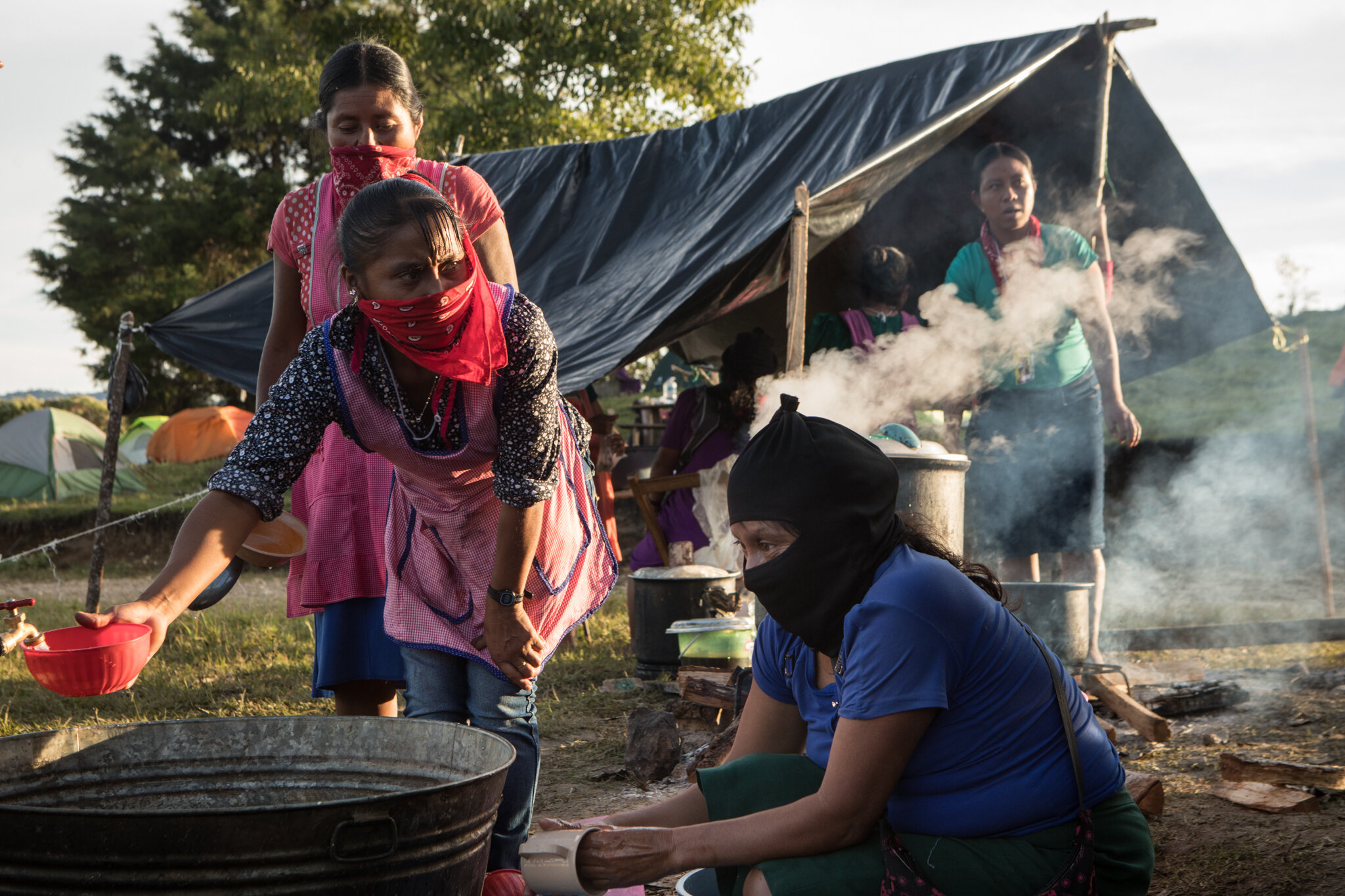
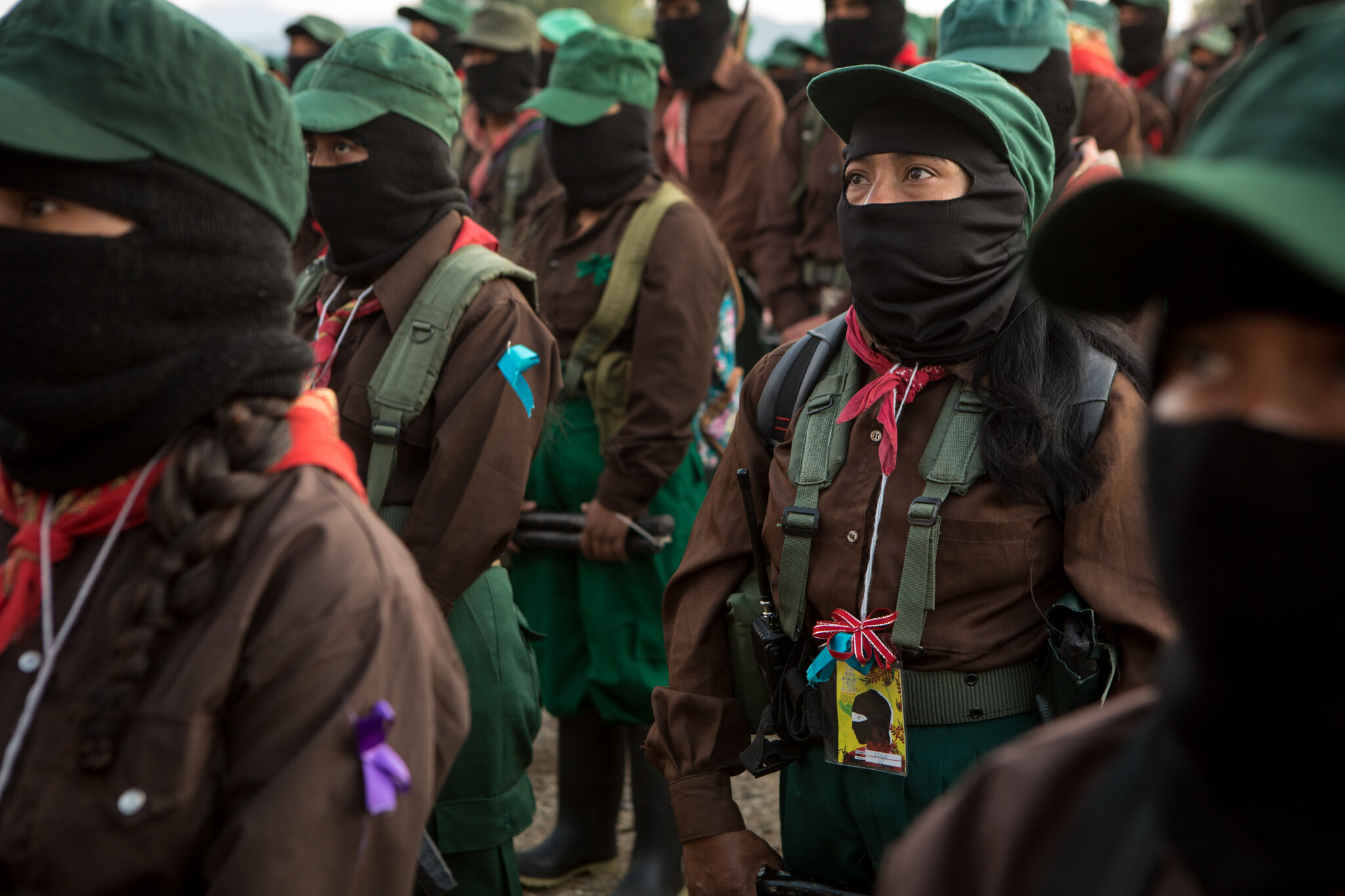

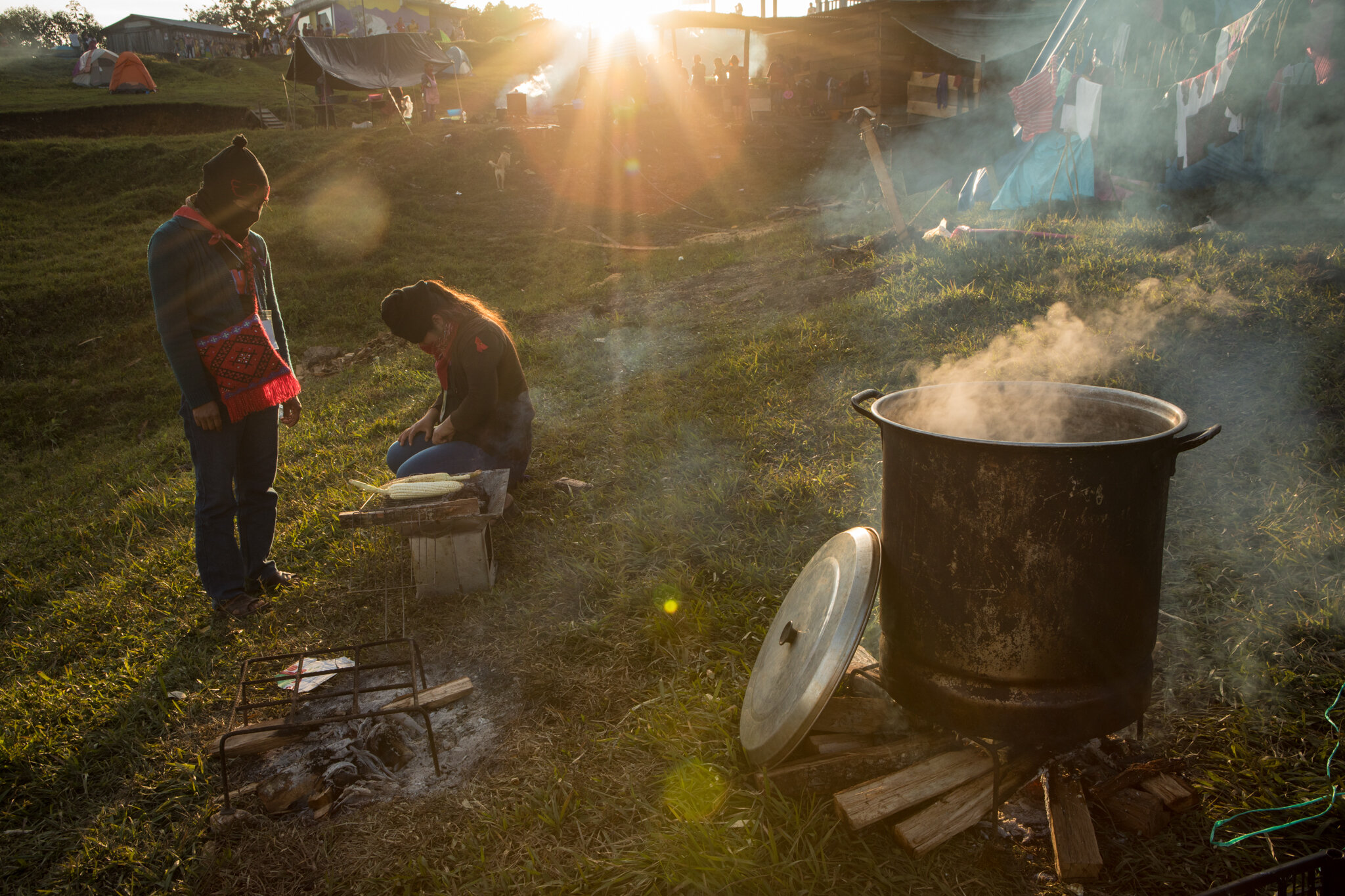
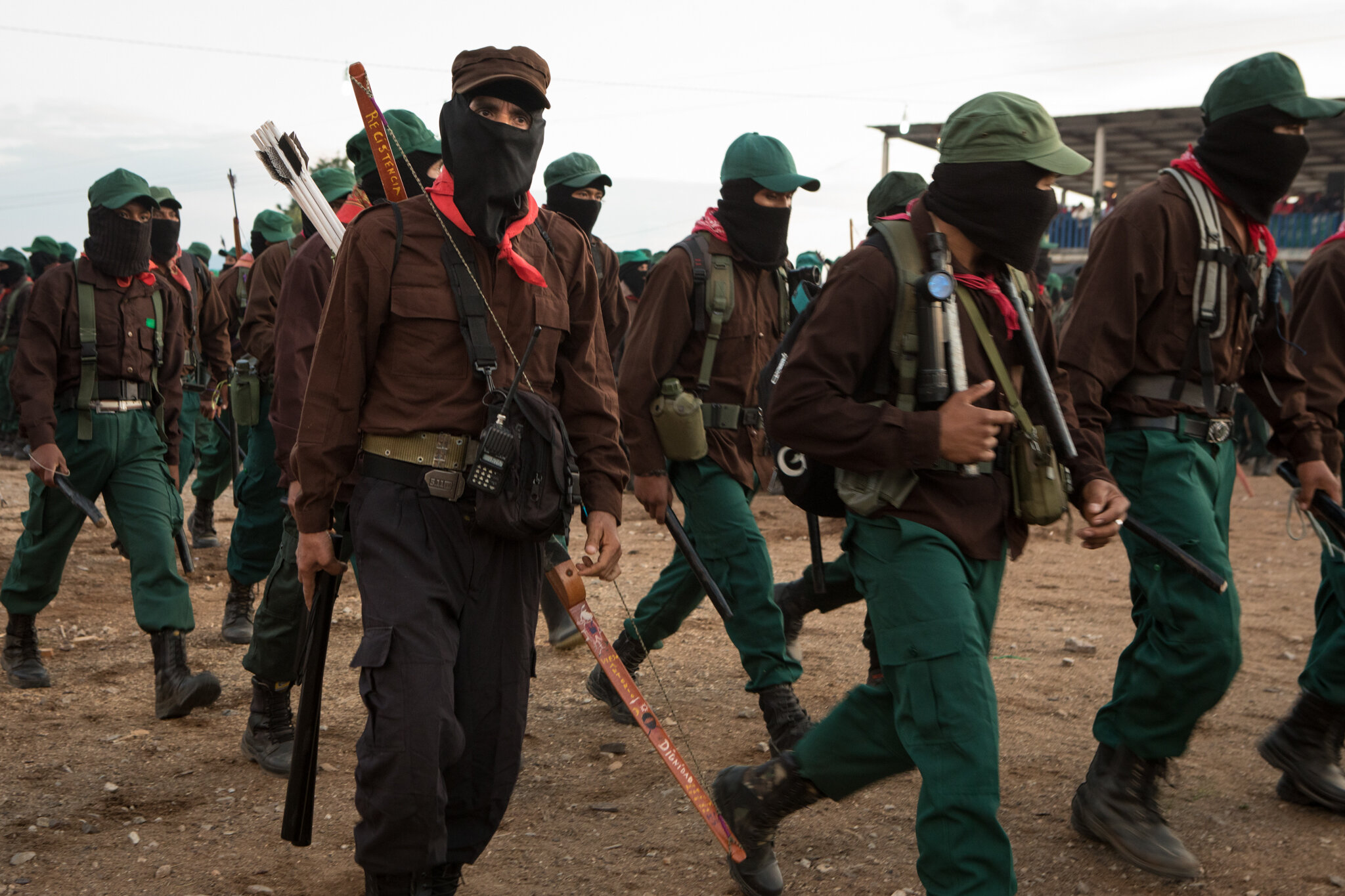

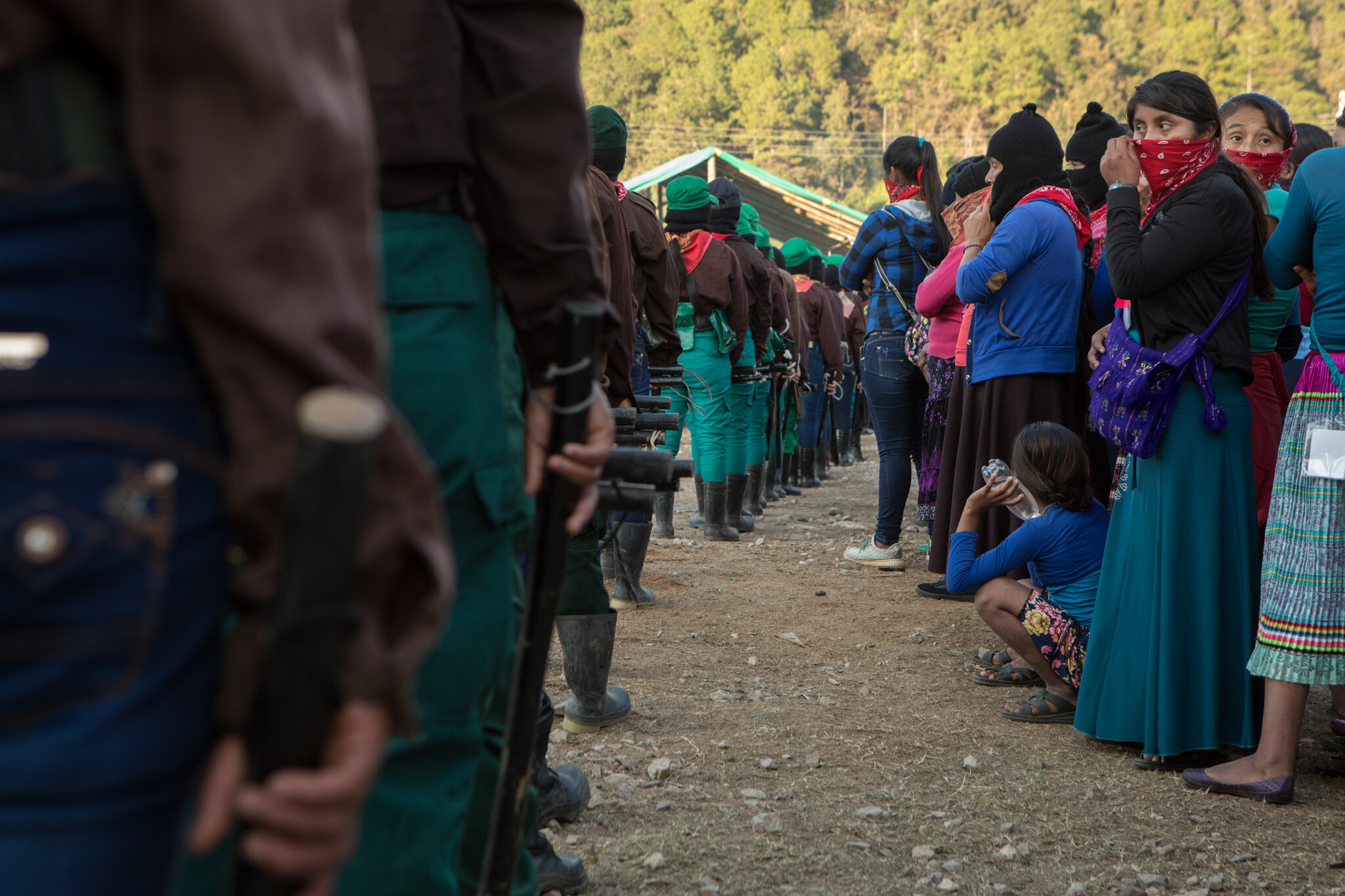
La Guardia indígena — Cauca, Colombia
In a hotbed of the Colombian conflict, the Nasa Indigenous people organized themselves to defend their communities against armed groups without using weapons. The Guardia is a nonviolent force composed of men, women, children, and elders whose strength rises out of unshakable unity and spiritual dialogue with the land. “The Guard is all of us,” they say. Using only “bastones de mano” — staffs that convey authority— they protect life and territory to build peace from below; no one is an enemy but the violence itself. Members of their movement have been among the most victimized by Colombia’s epidemic of social leader assassinations for standing up to paramilitaries, narco-traffickers, and guerrilla forces.
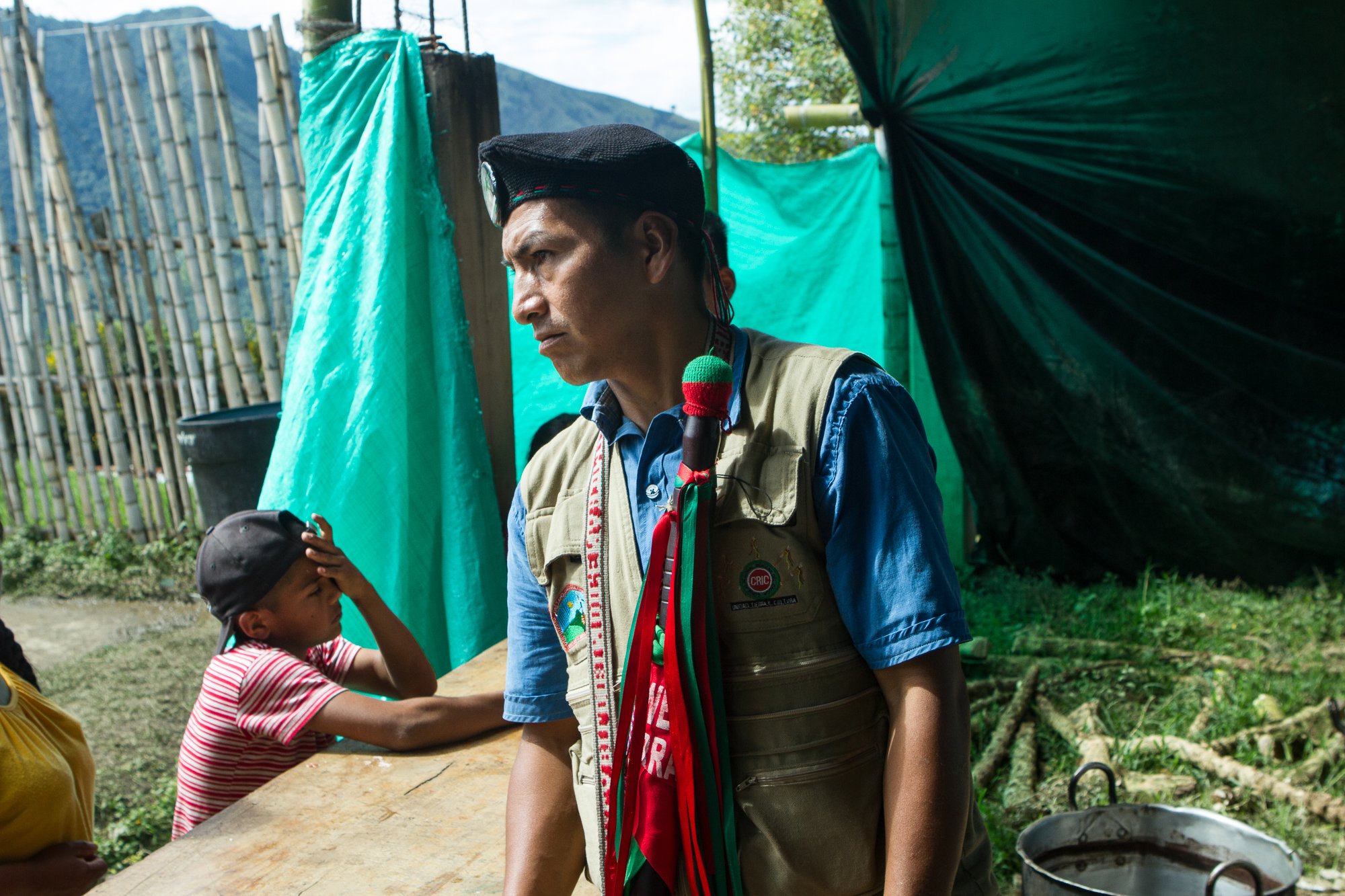
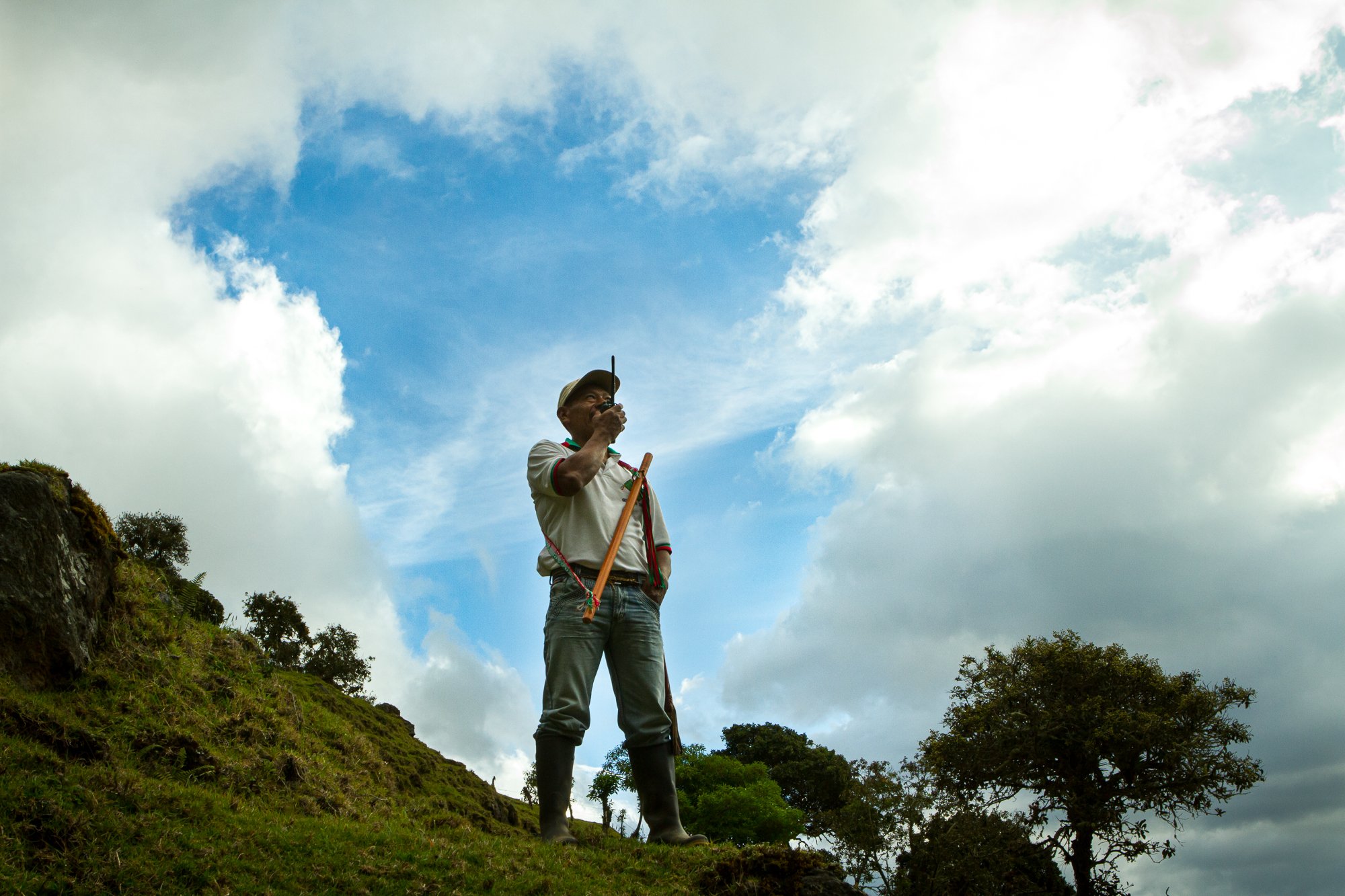
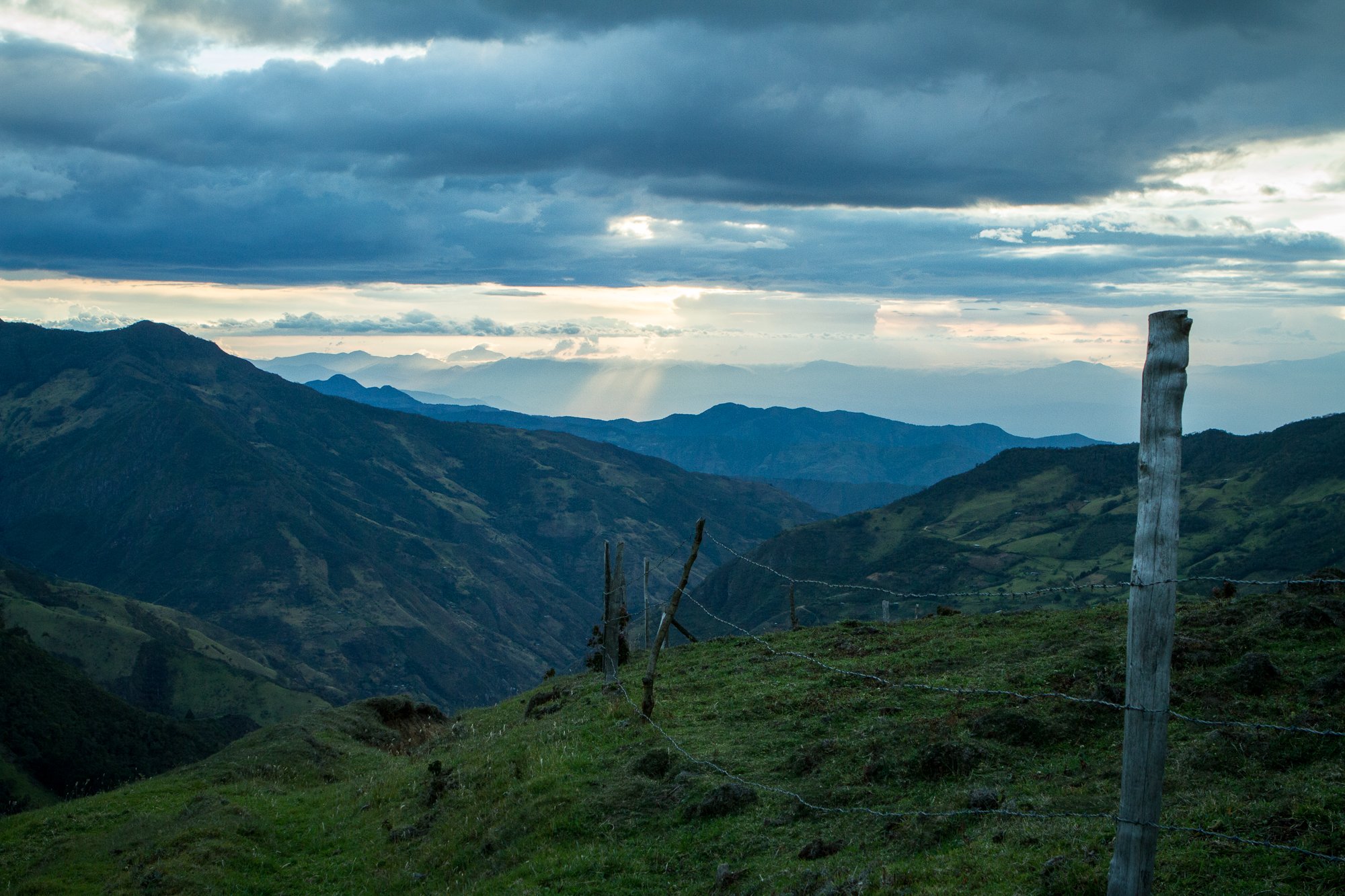
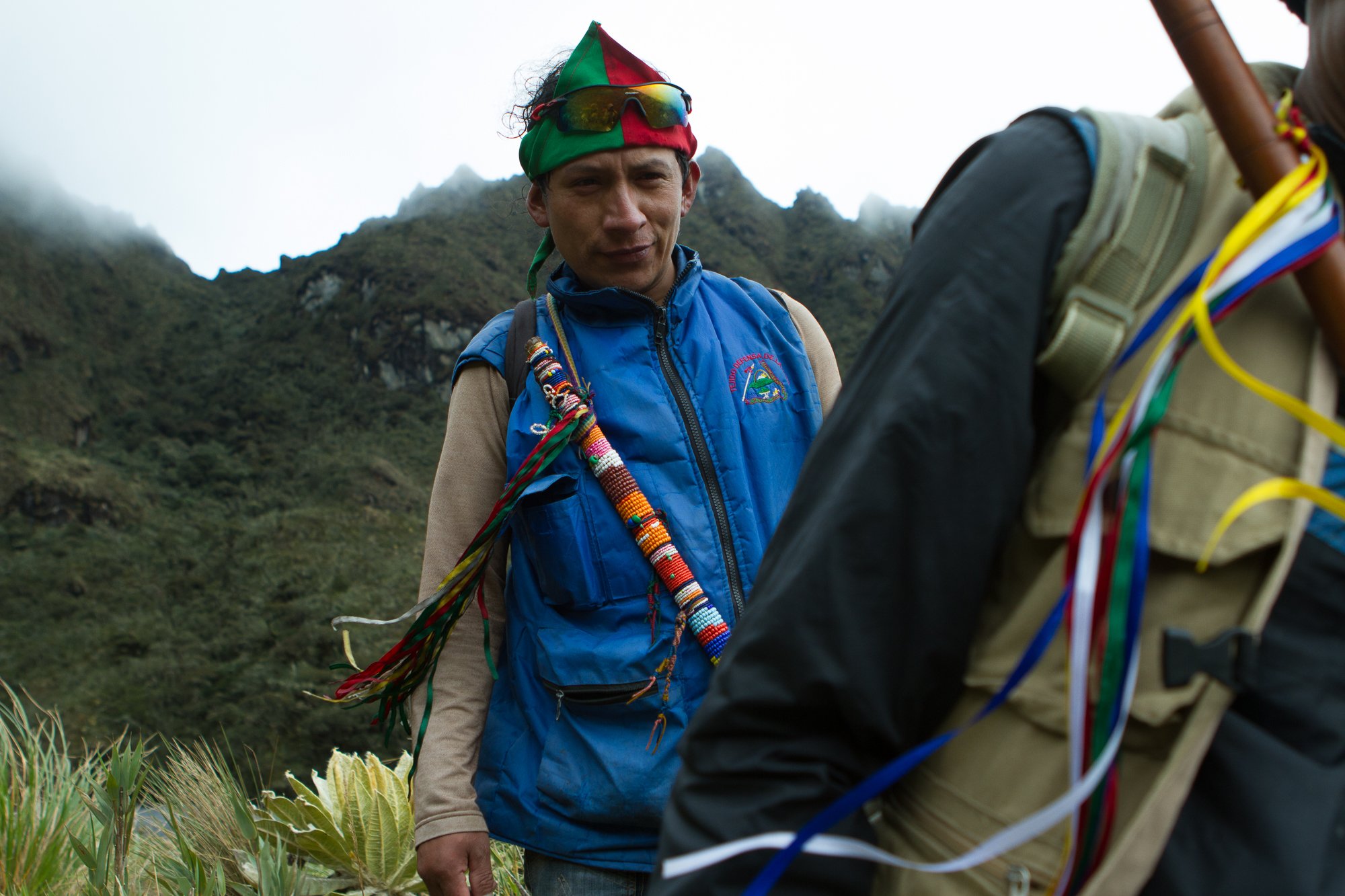
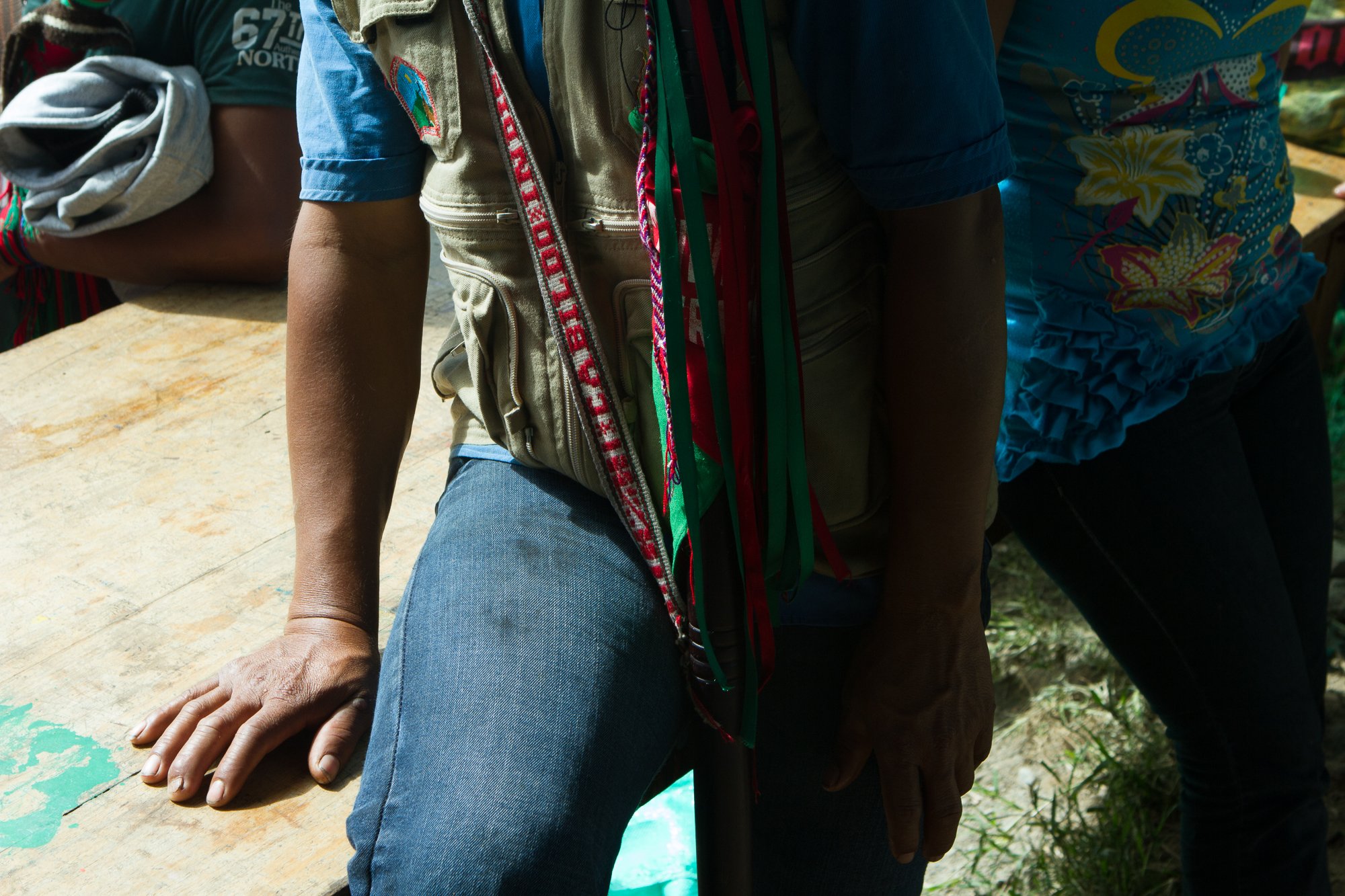

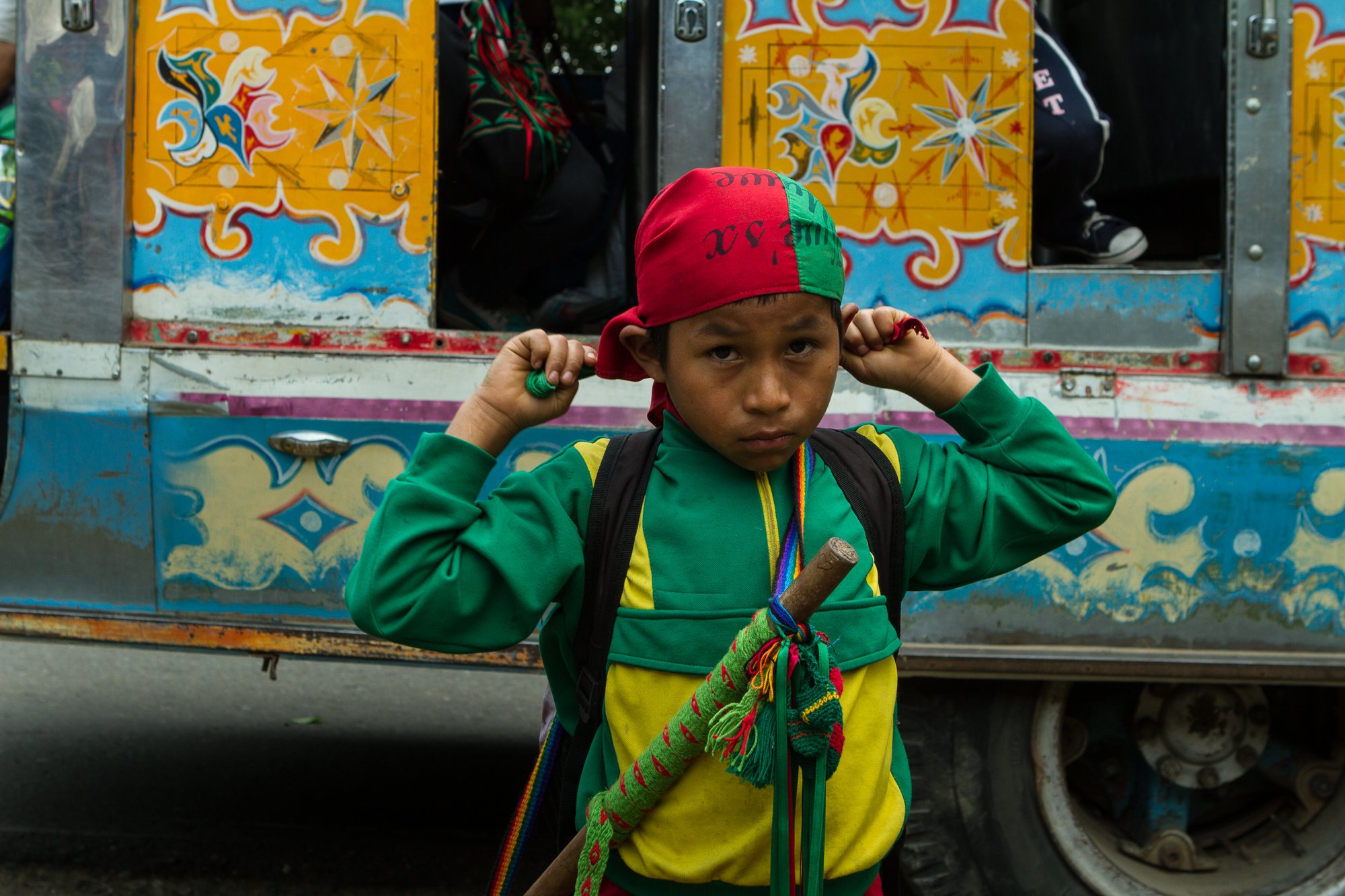
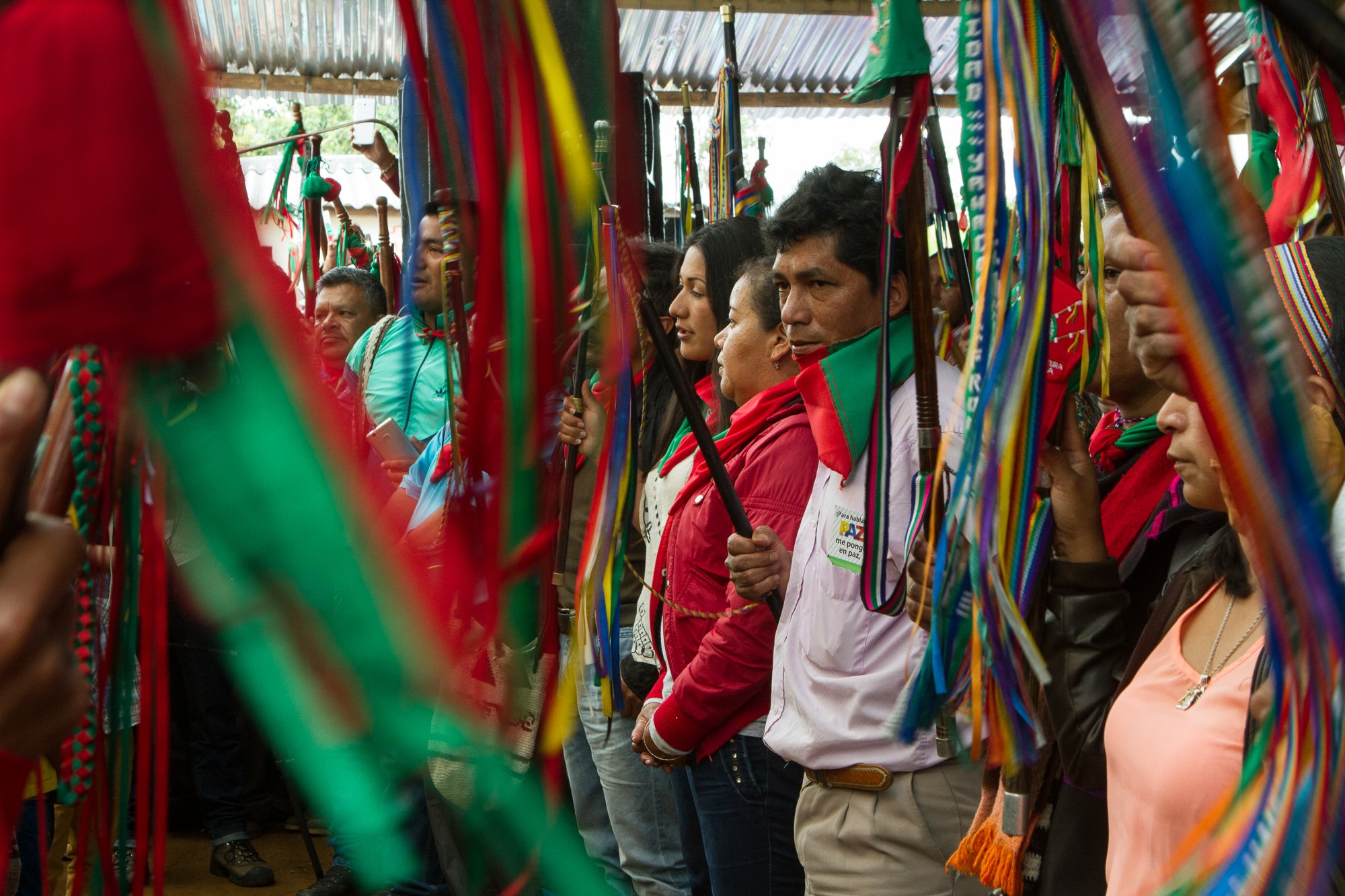
El Pueblo Sapara — Pastaza, Ecuador
The Sapara are an Indigenous group of only 400 people in the Ecuadorian Amazon with just five remaining speakers of their language. Proposed oil drilling in the region could bring about their physical and cultural extinction as a people. Gloria Ushigua, pictured below, has dedicated her life to preventing that from happening, traveling all over the world to speak out about environmental threats and the Sapara’s right to Free Prior and Informed Consent about what happens in their territory. Her community is working to revive ancestral practices that affirm their collective identity, intrinsically tied to the land they defend.
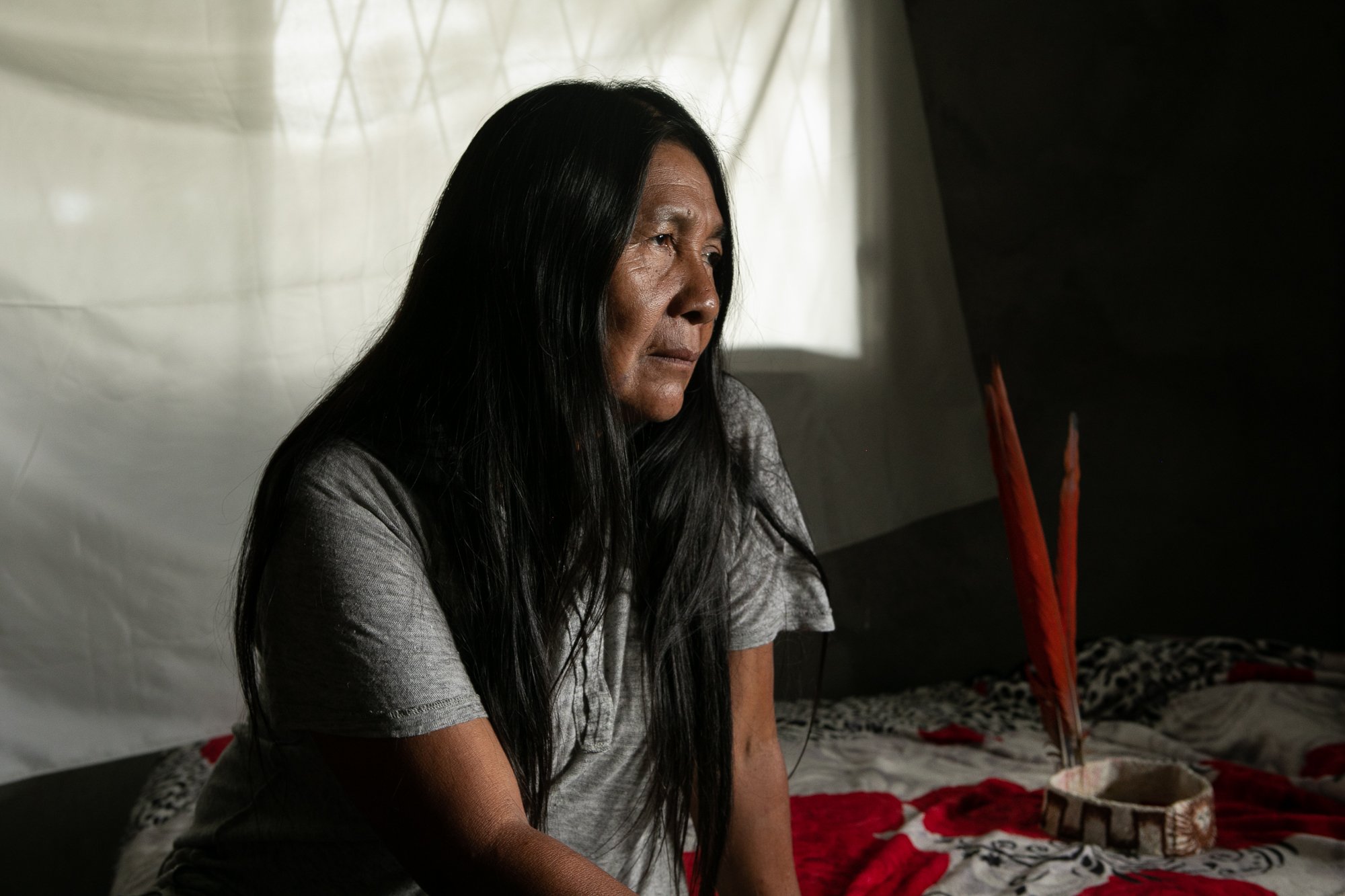
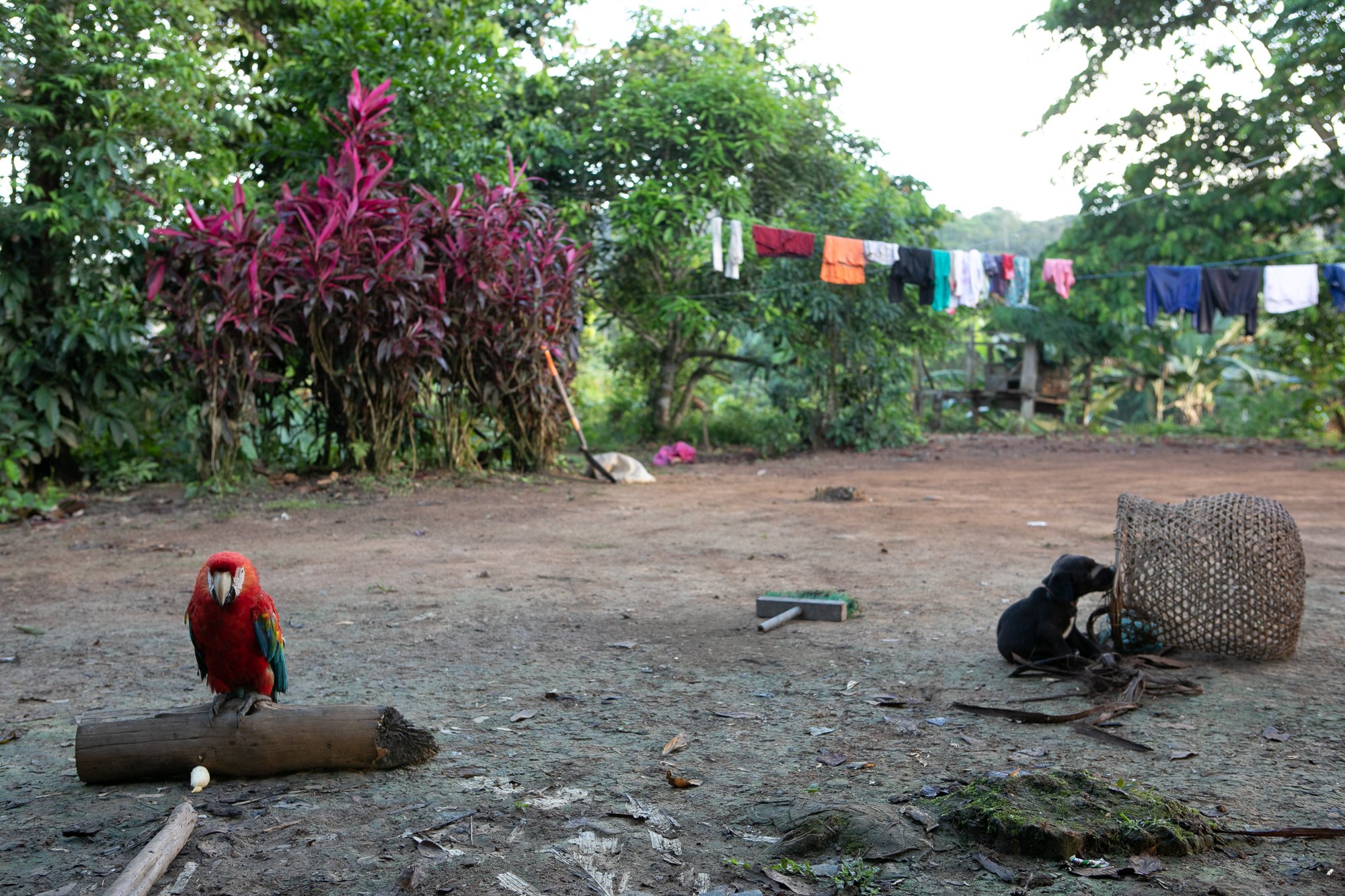
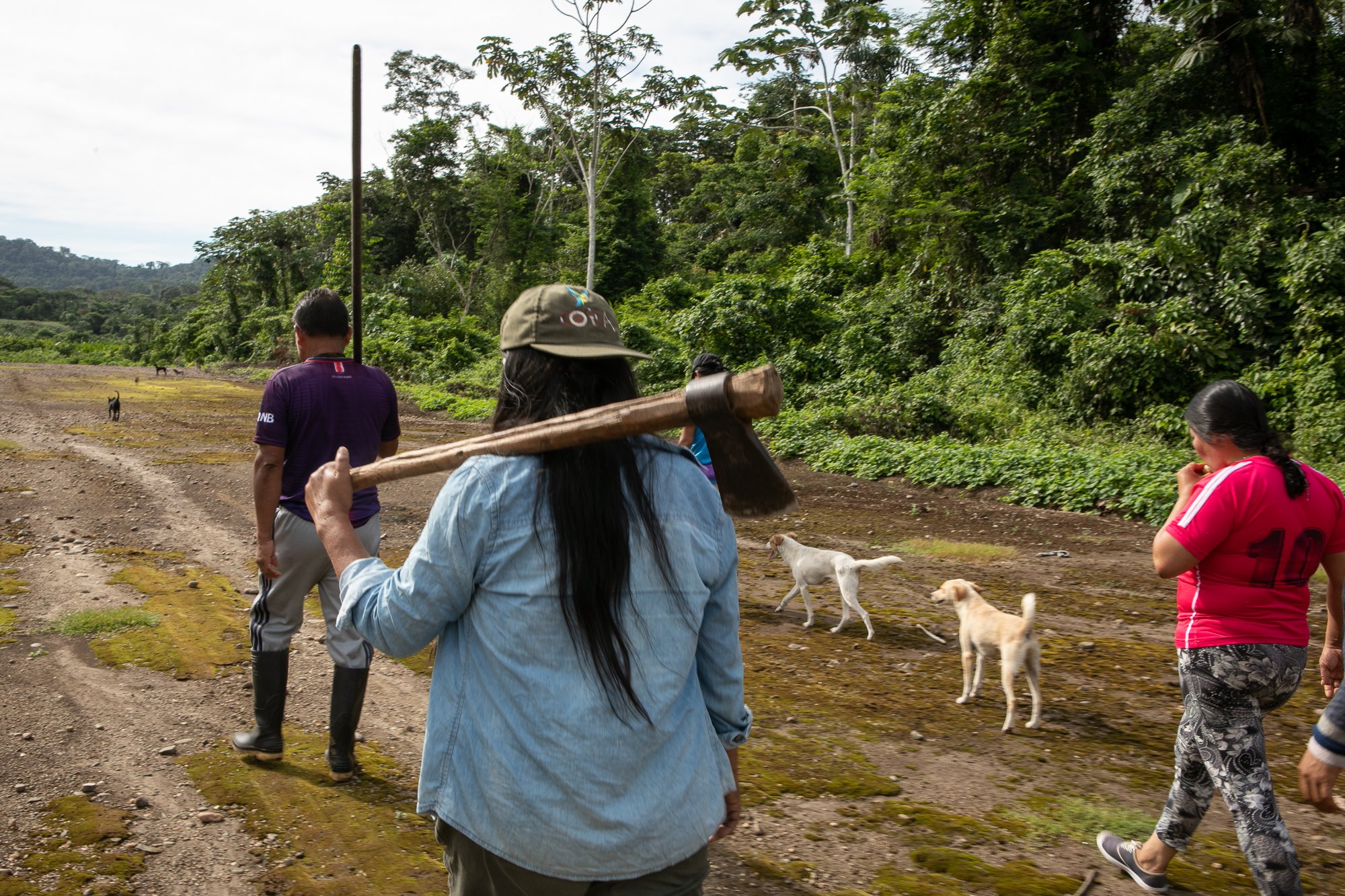
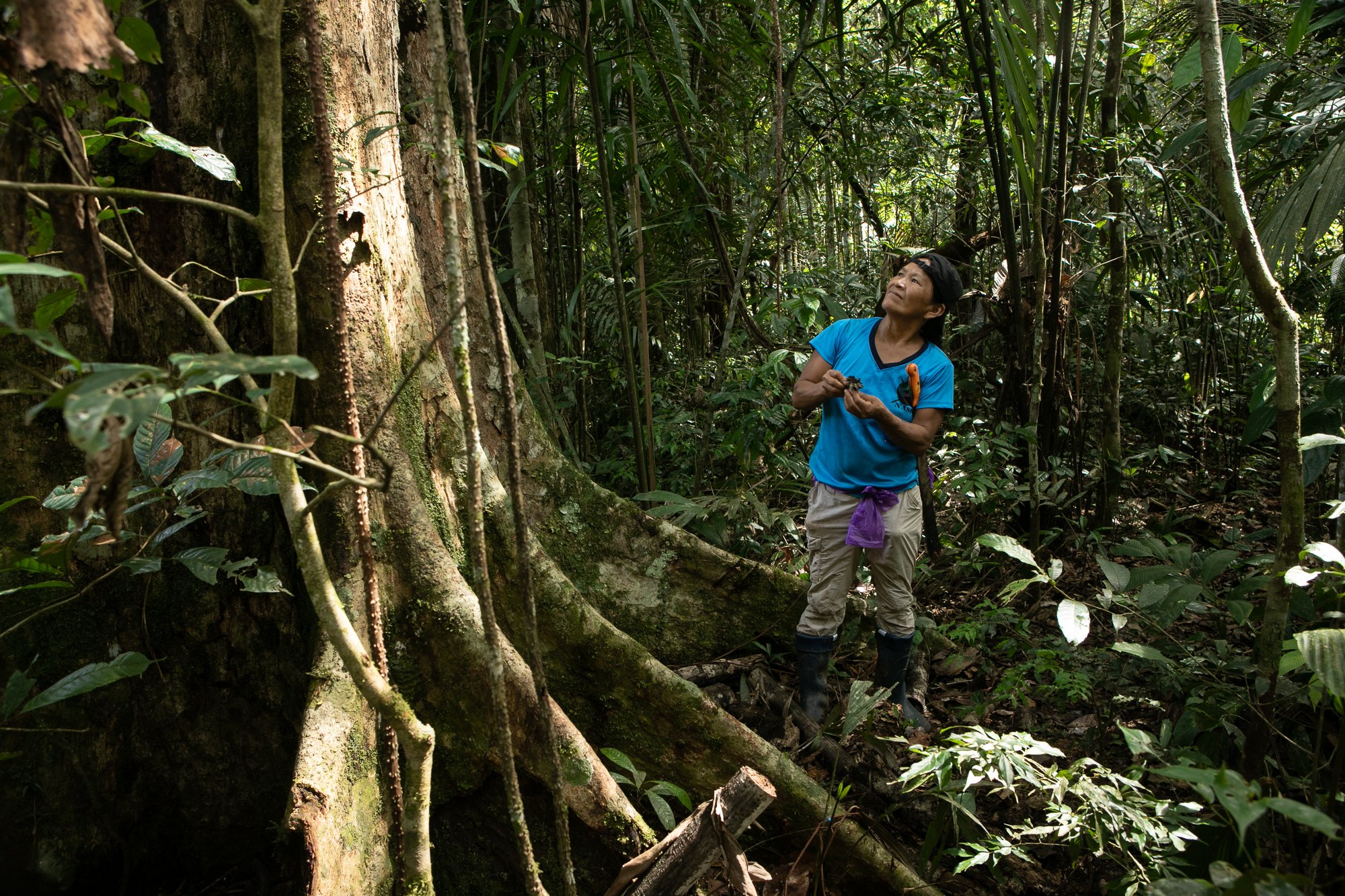
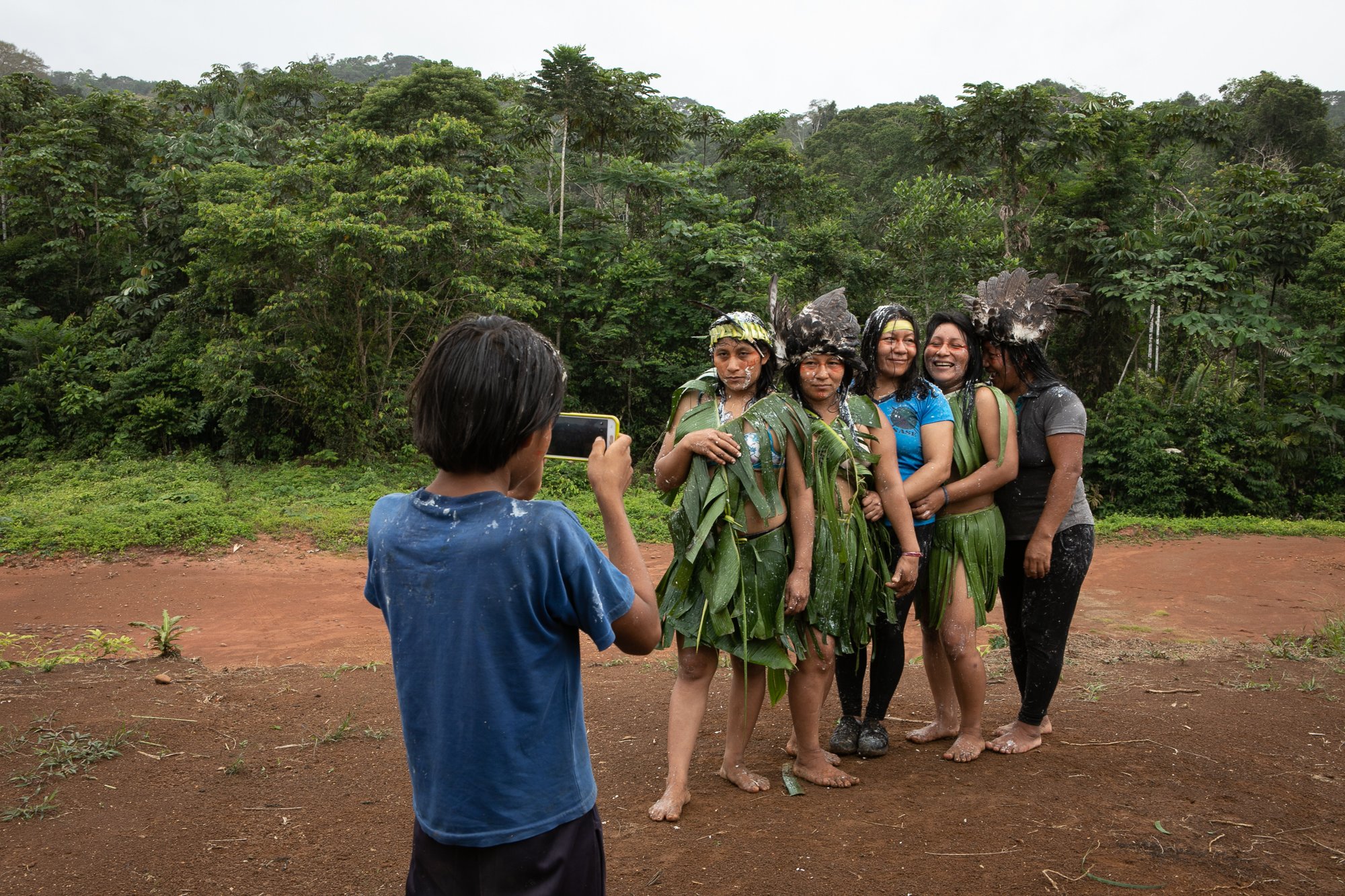
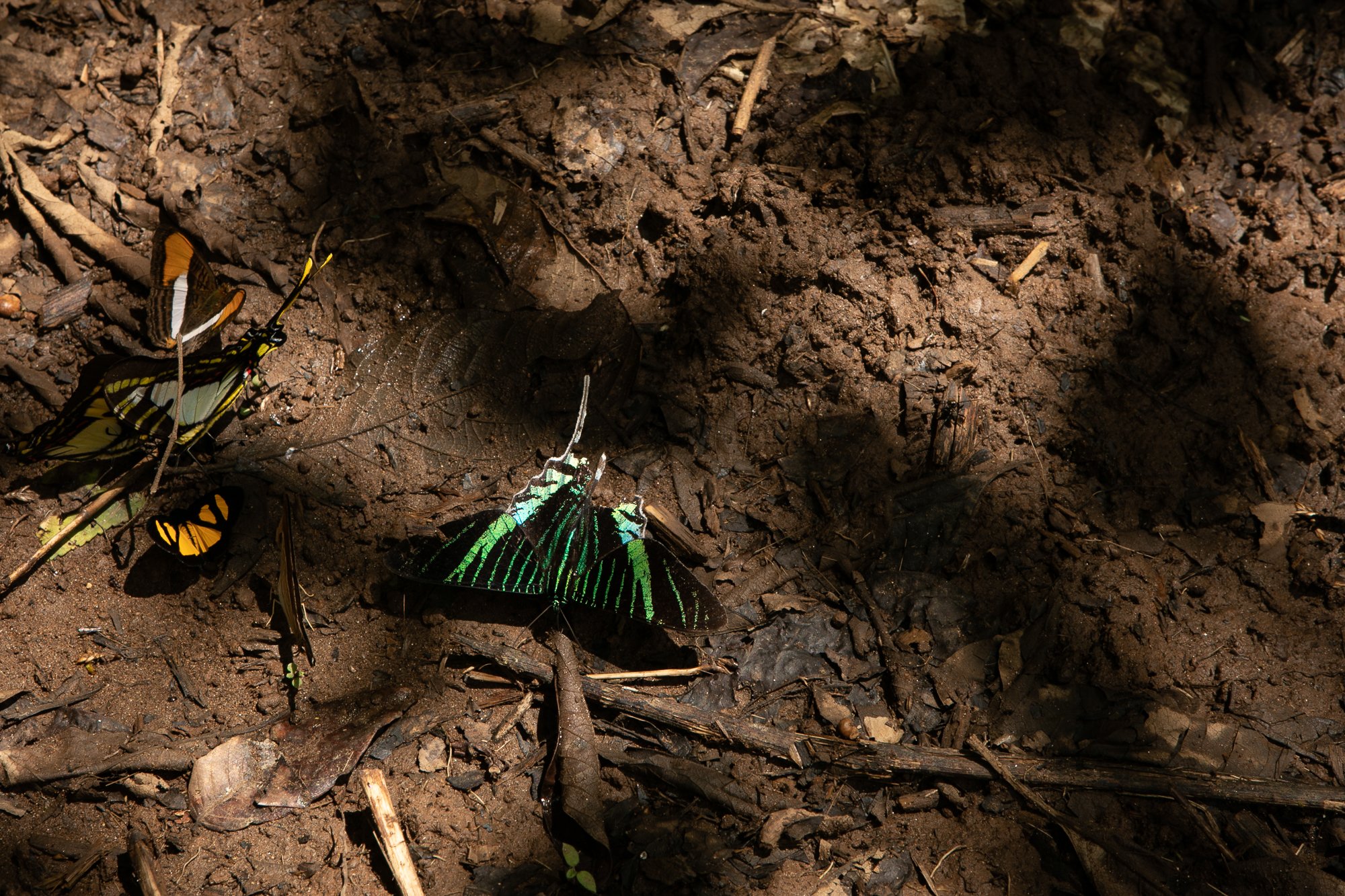
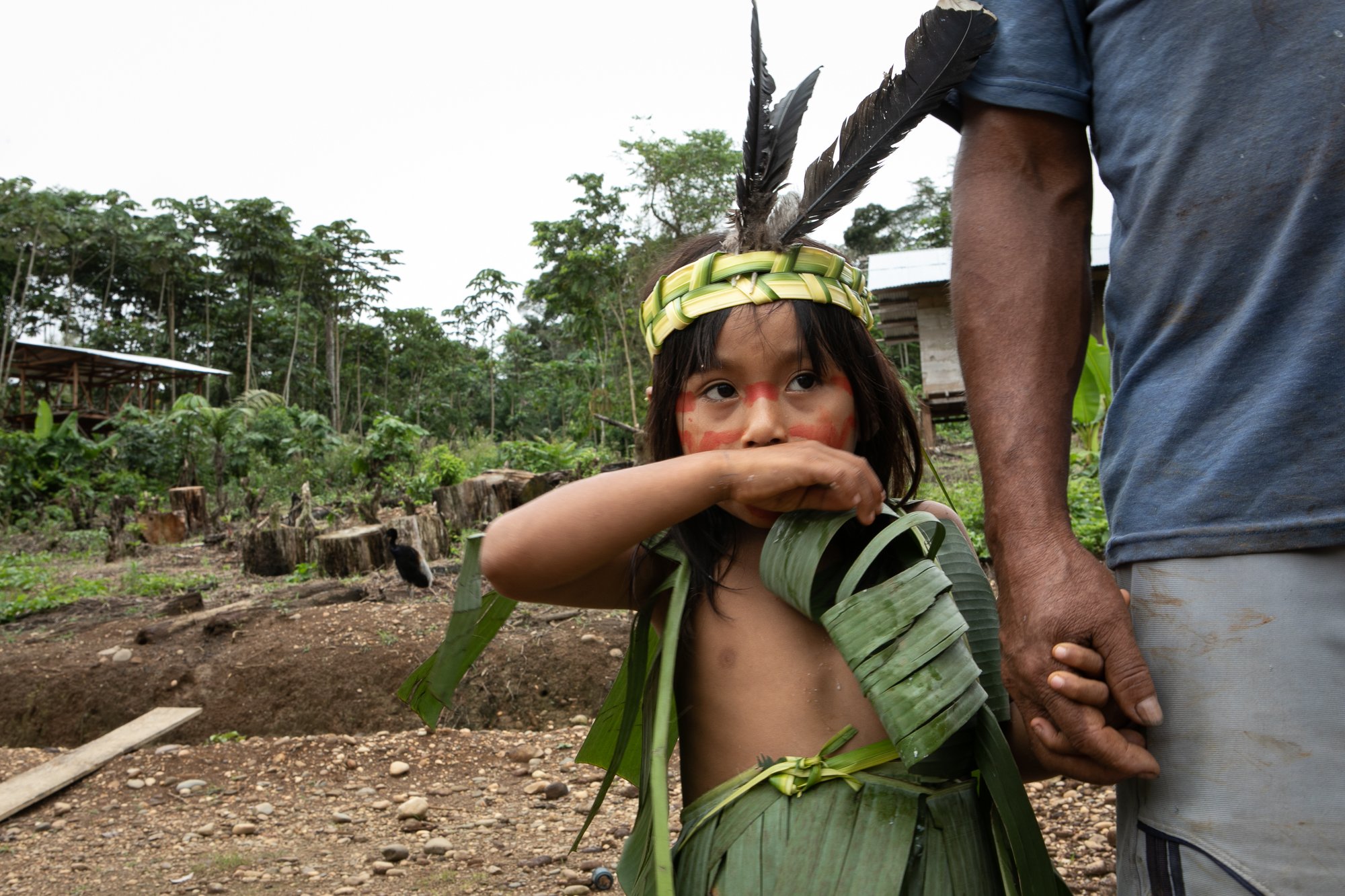
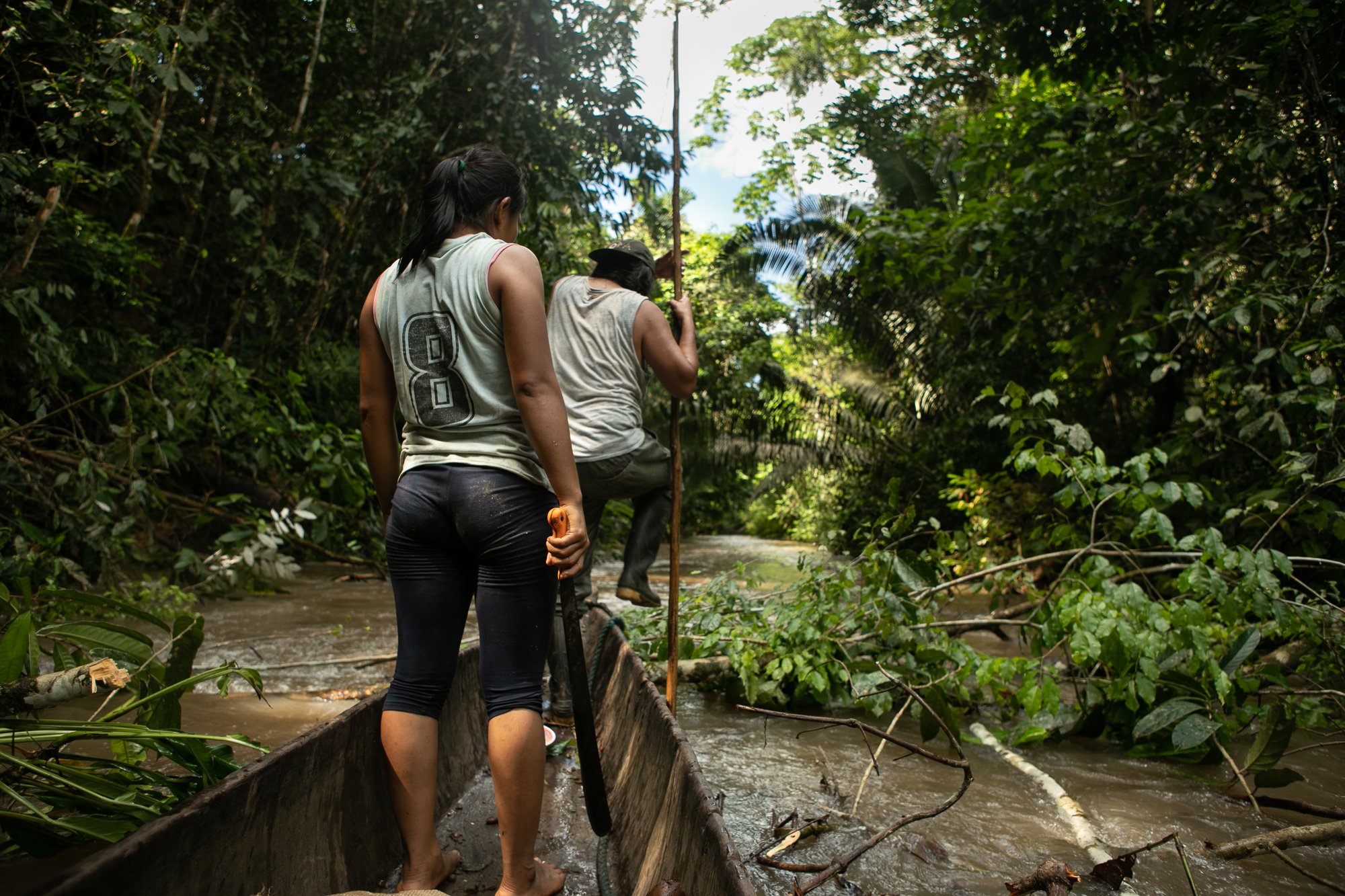
Wet’suwet’en Solidarity — Victoria, Canada (Lekwungen territory)
Indigenous youth occupied the steps of British Columbia’s parliamentary building for a month in solidarity with the Wet’suwet’en First Nation, who vehemently oppose a pipeline under construction that passes through their territory. Despite the Wet’suwet’en’s right protected under international law to determine what happens on their land, the Coastal Gaslink oil company has rejected their position, violently removing and criminalizing land defenders working to block the project with the help of Canadian state forces known as the the RCMP (Royal Canadian Mounted Police). The Canadian government is undergoing a Truth and Reconciliation process with Indigenous groups in Canada, but many First Nations’ people say their purported commitment to heal the country’s genocidal history is meaningless while extractivist projects continue violating their rights.
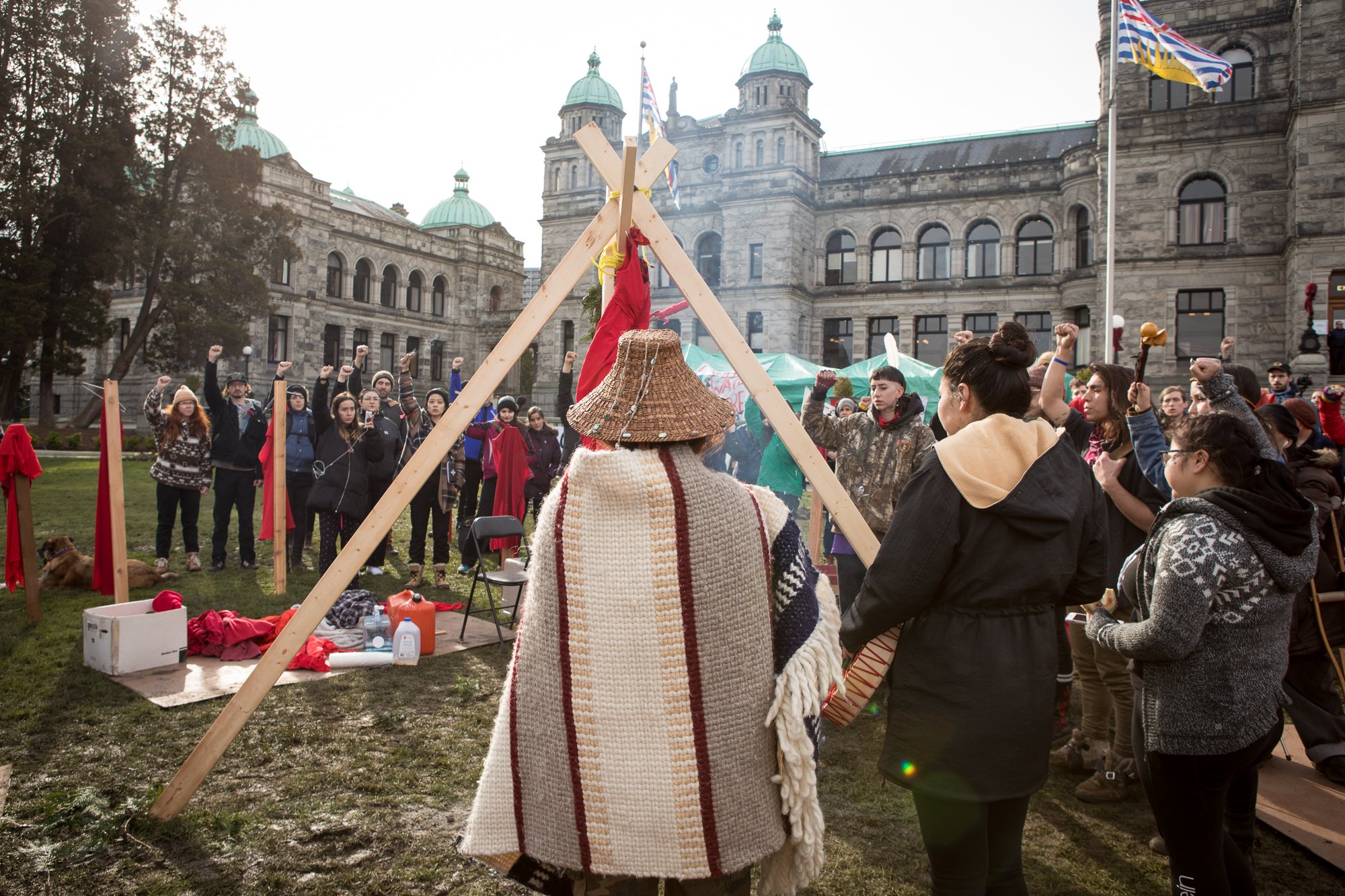

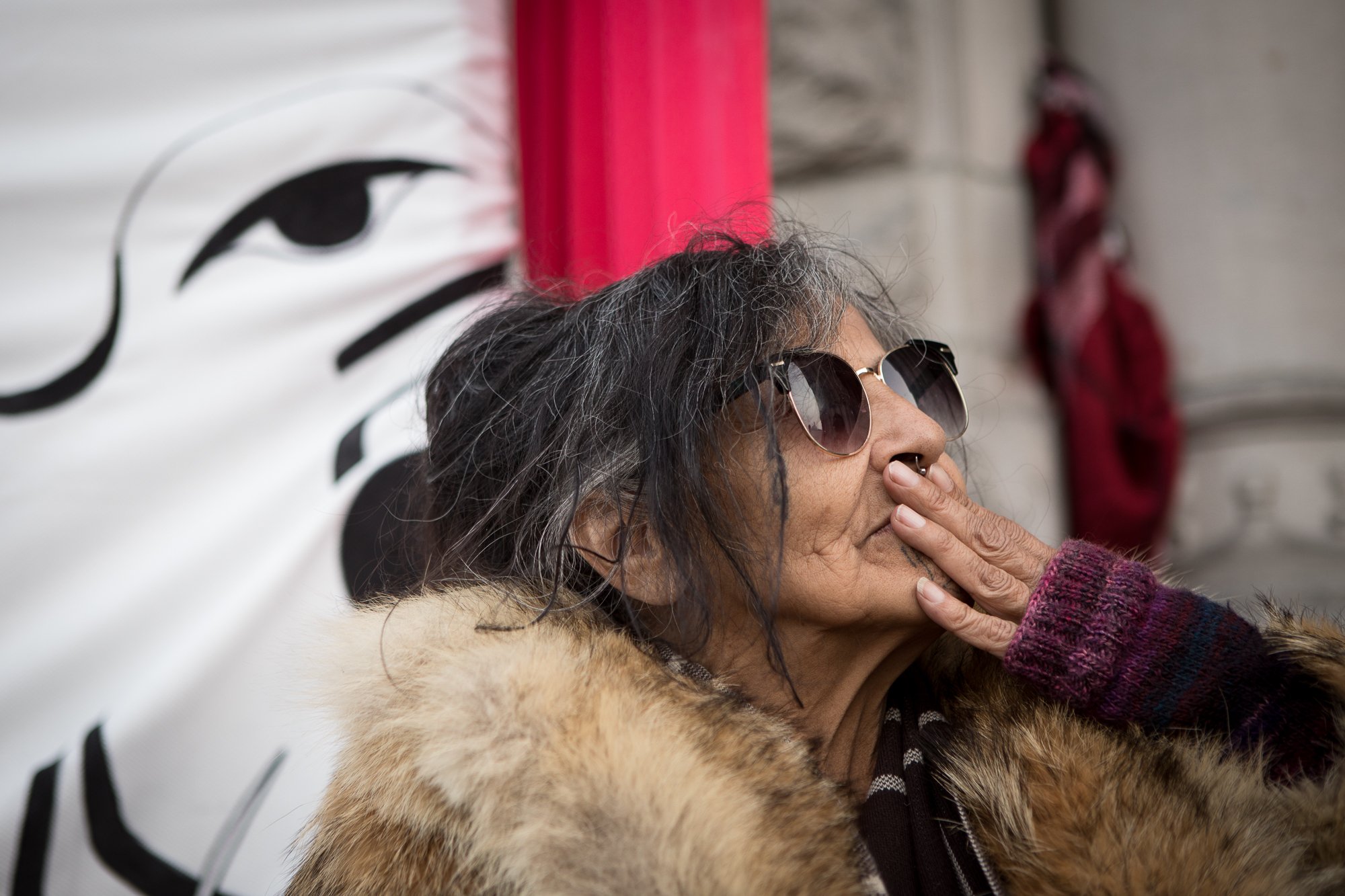
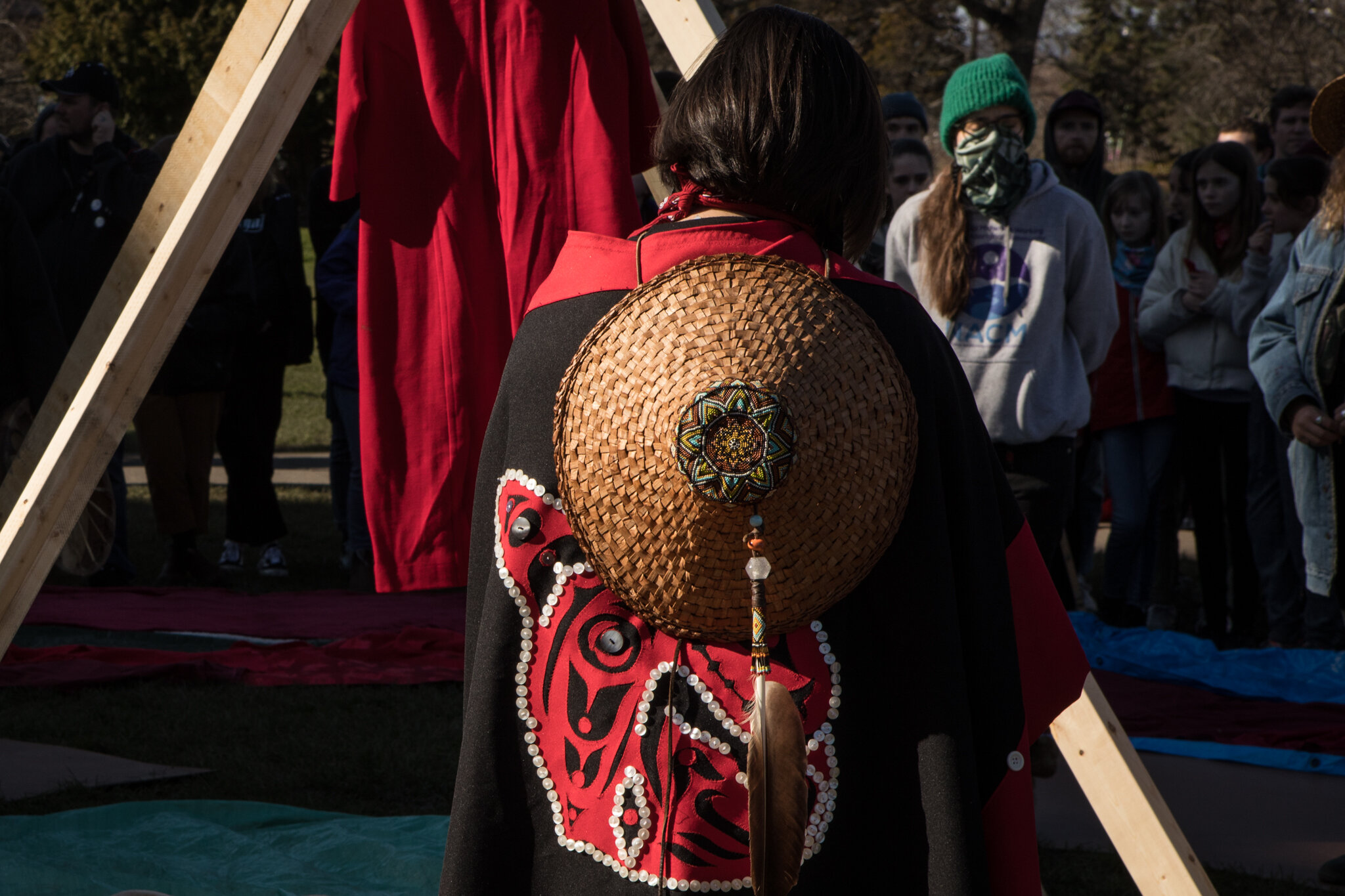
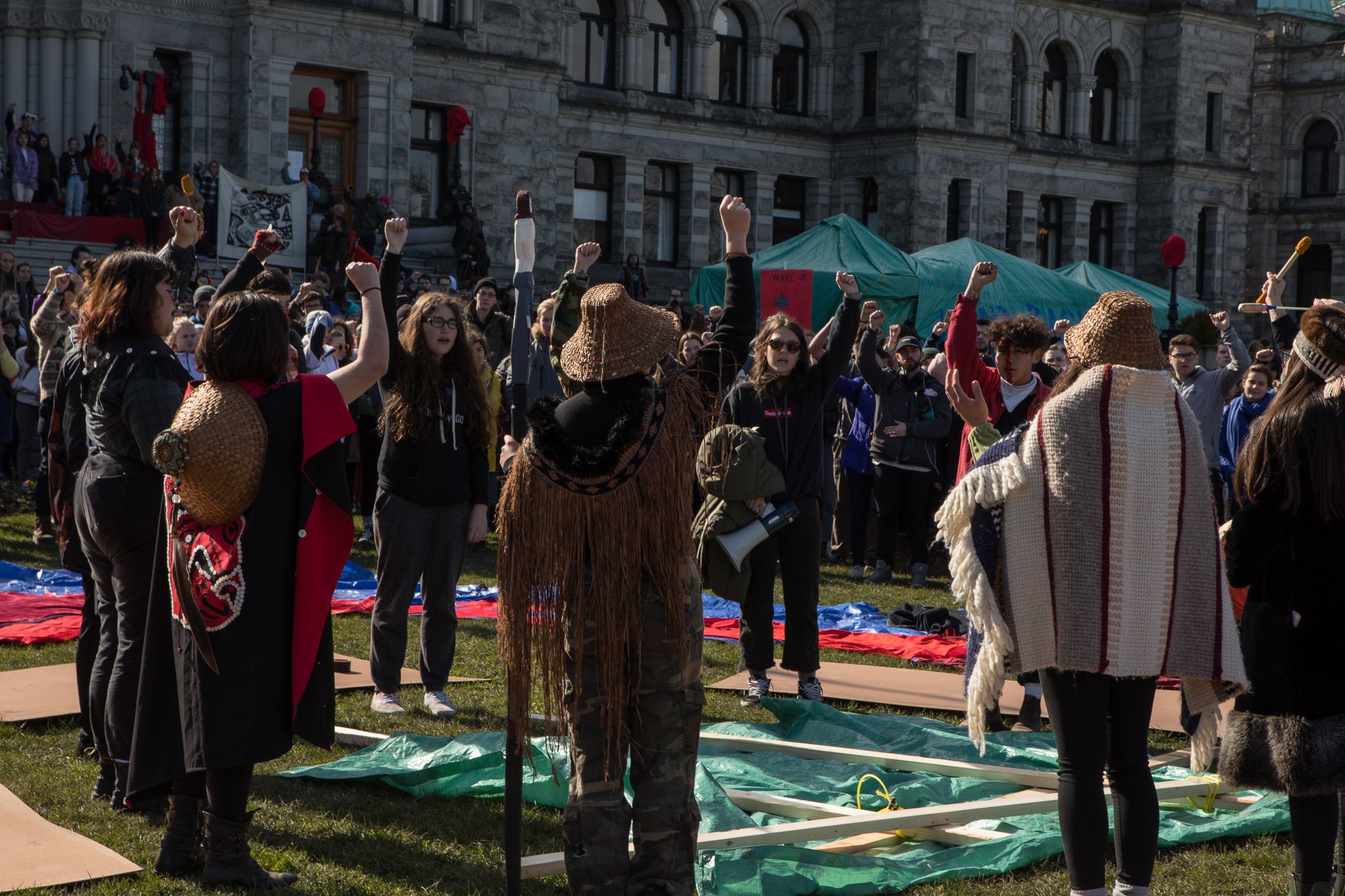
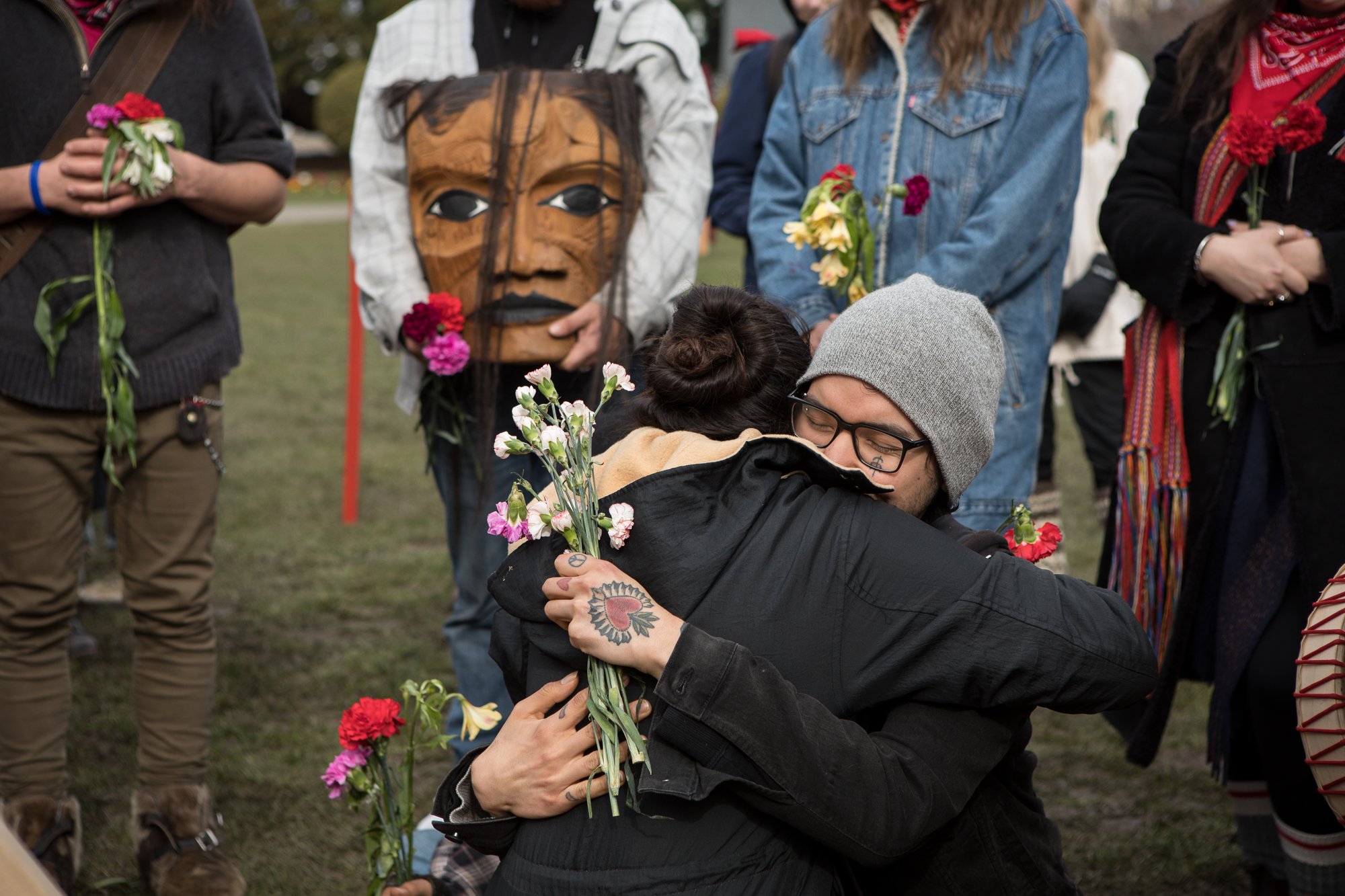
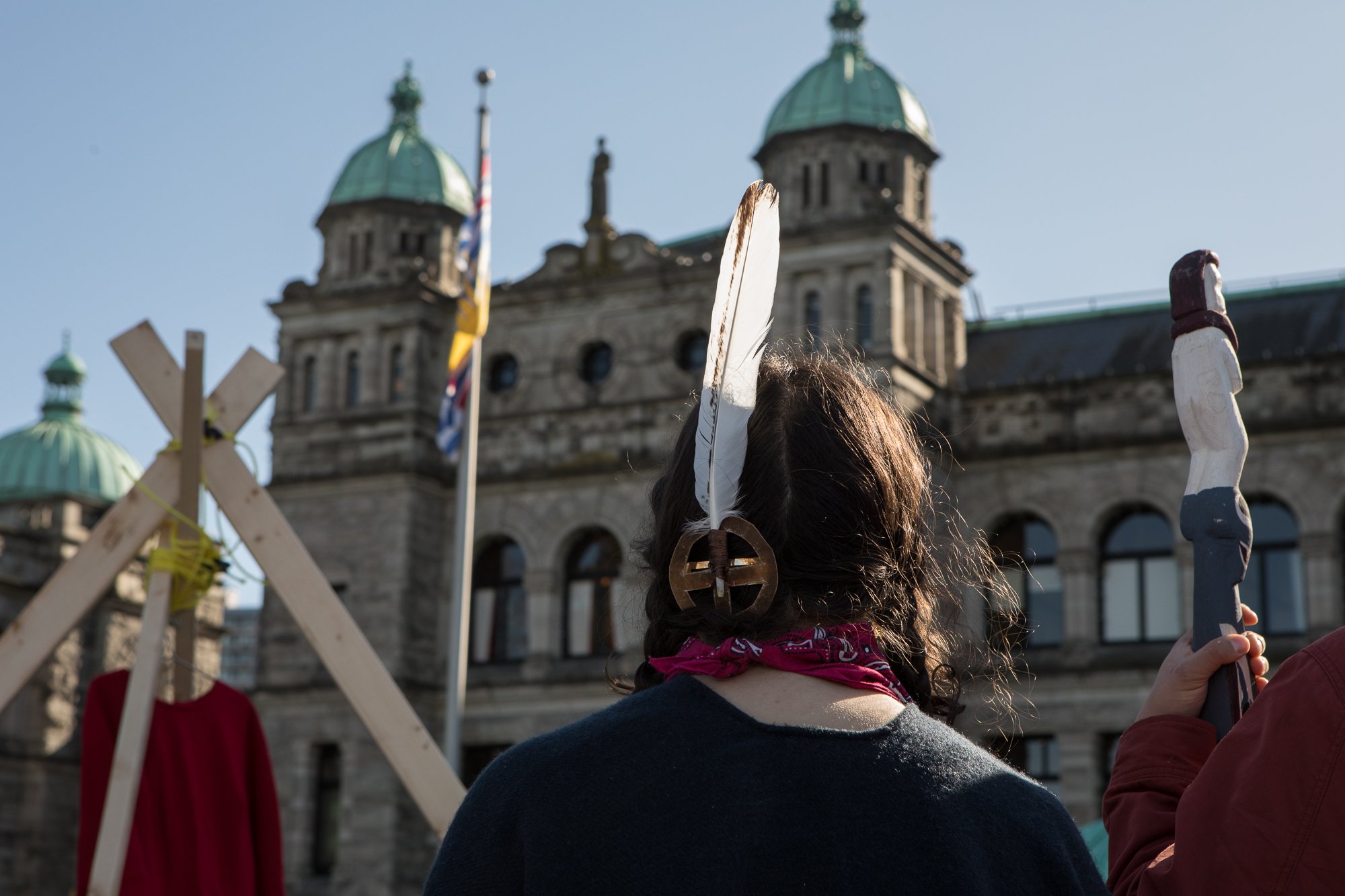
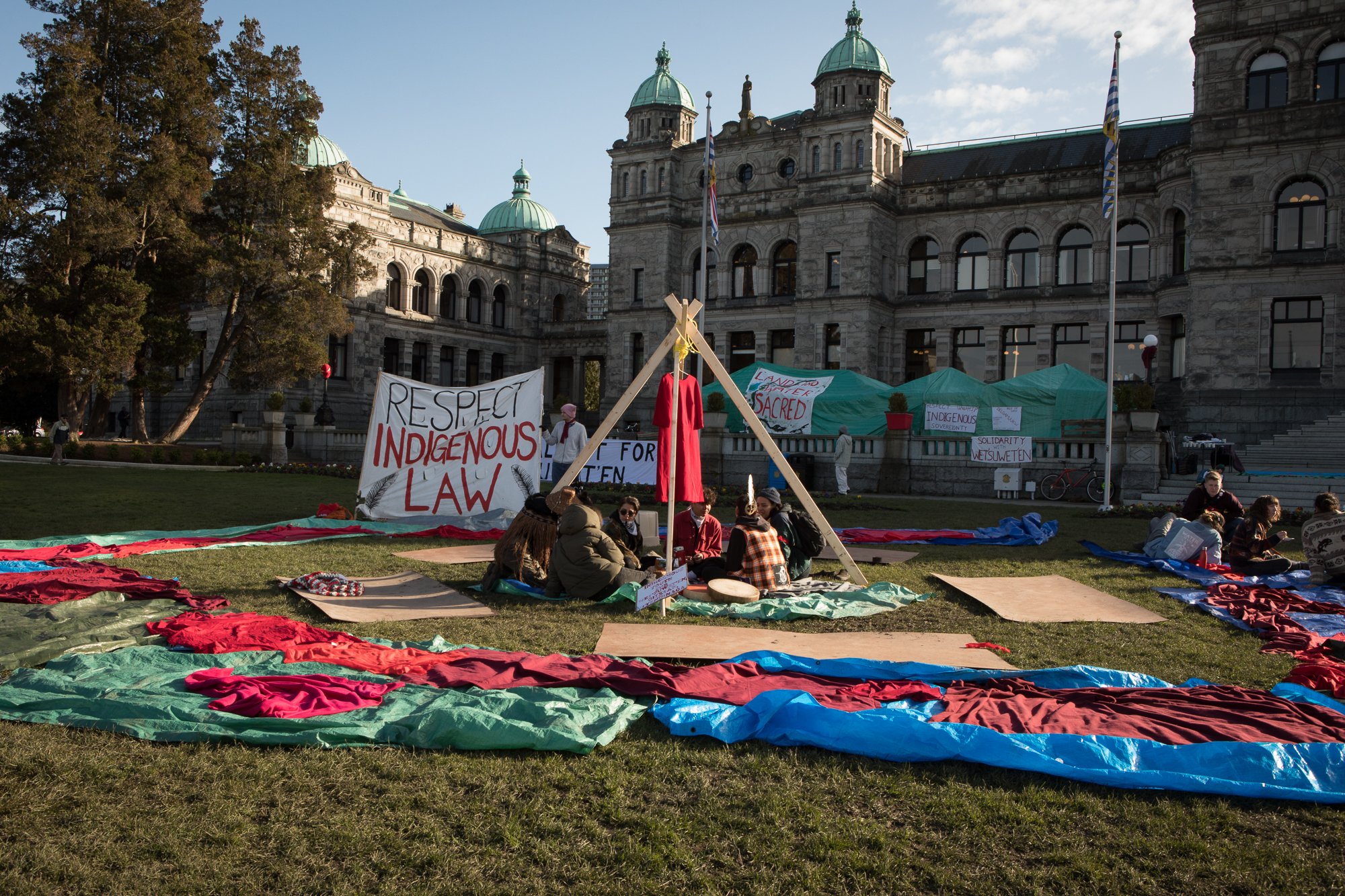
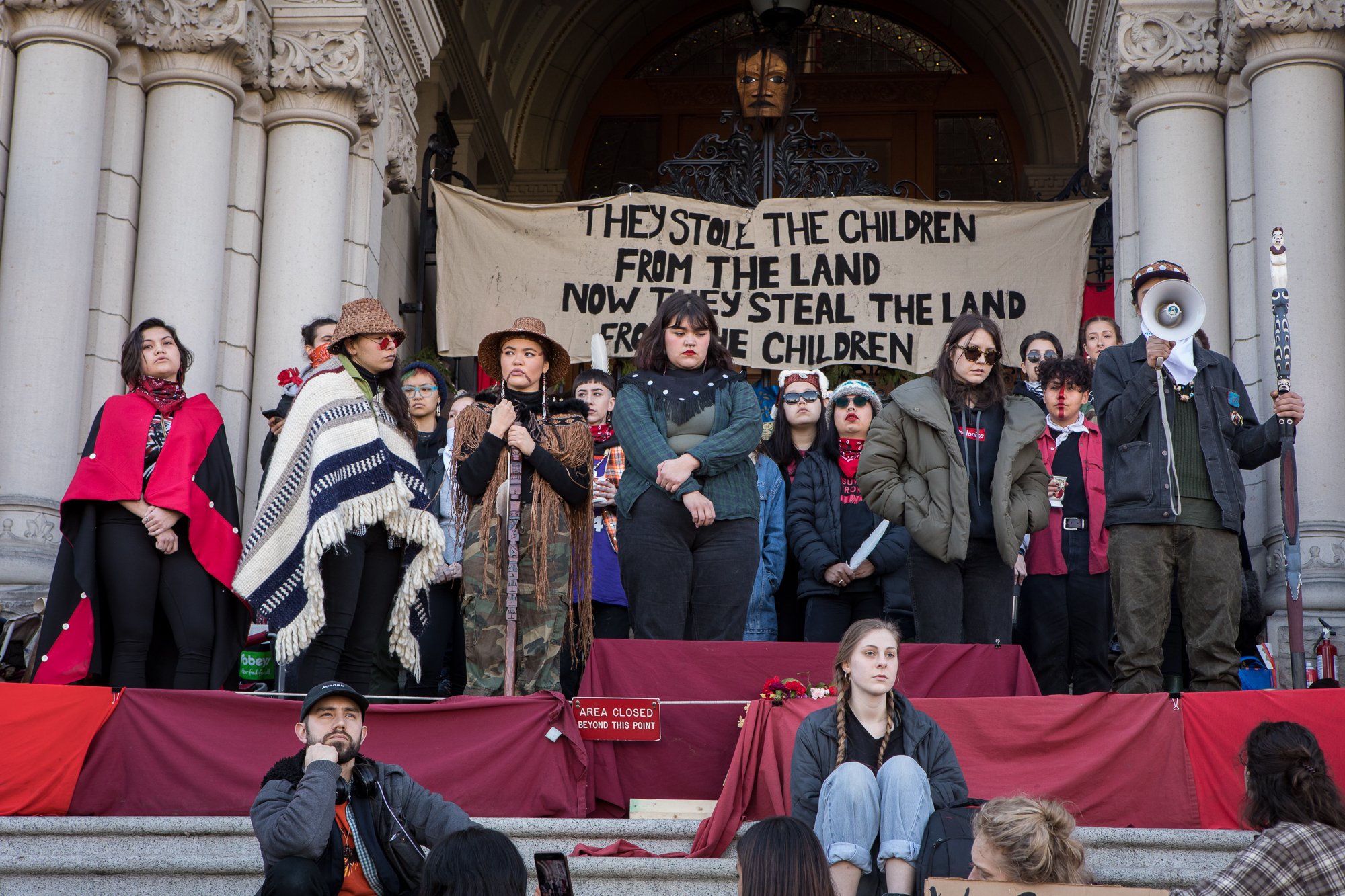

The Indigenous Peoples March on Washington — Washington D.C., USA (Nacotchtank territory)
In January, 2018, representatives from over a dozen Indigenous groups from North and South America convened the first Indigenous Peoples March on Washington. The peaceful demonstration brought visibility to the legacy of genocide at the foundation of the United States’ existence, articulating how colonialism is a continuing process in the present. As an expression of cross-border organizing, participants made pleas for institutional respect to Indigenous land, culture and self-determination rights.
